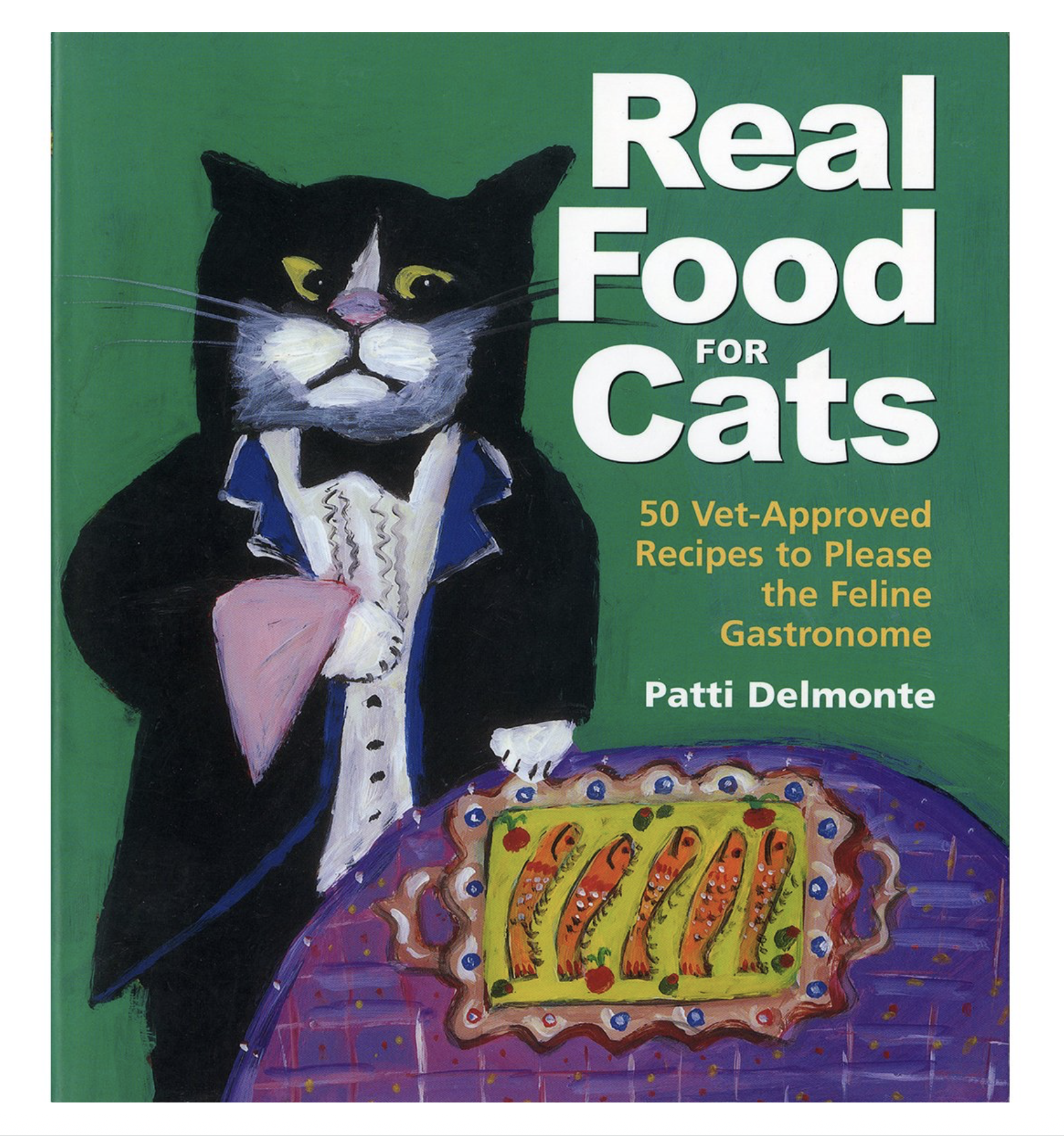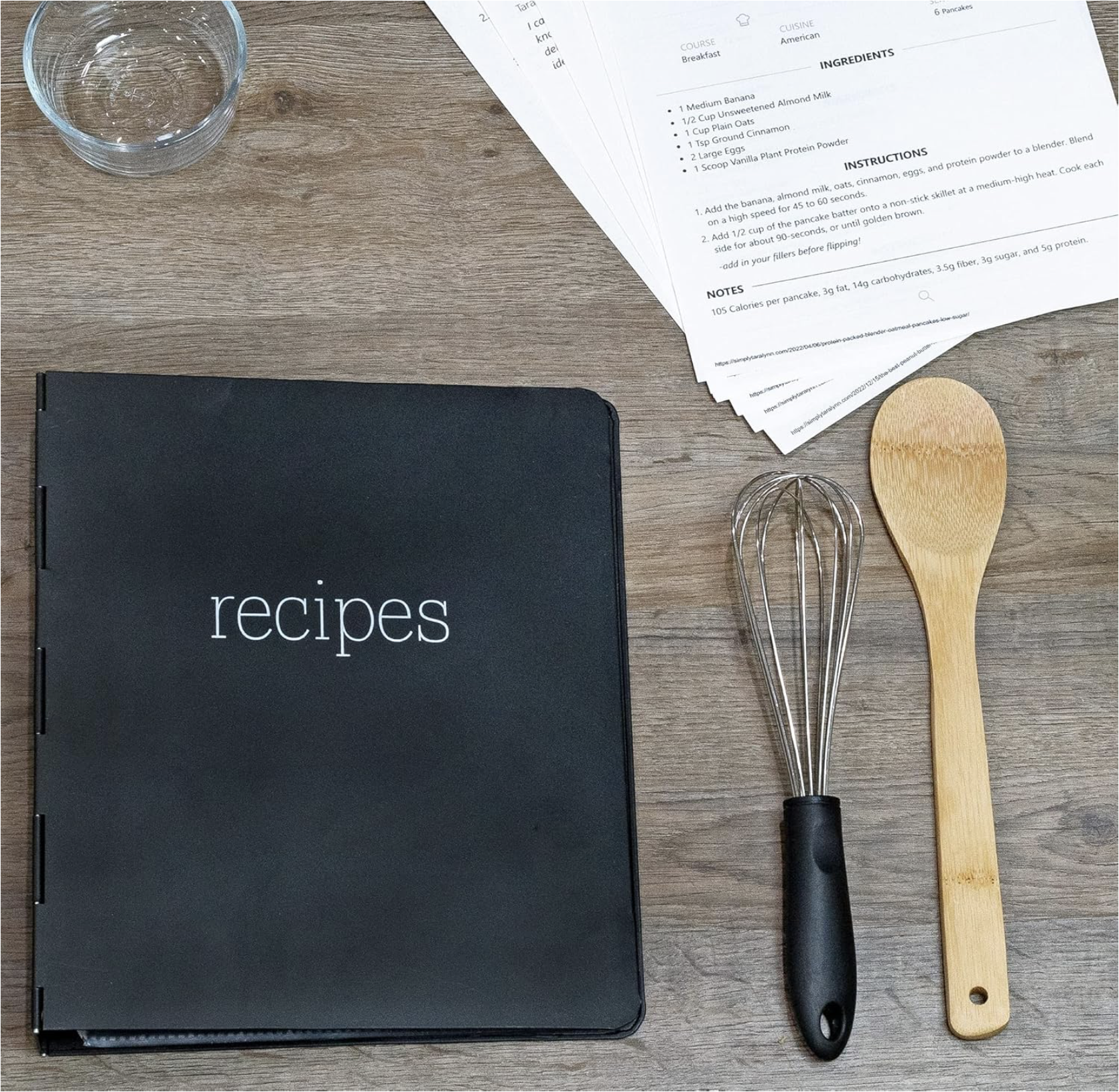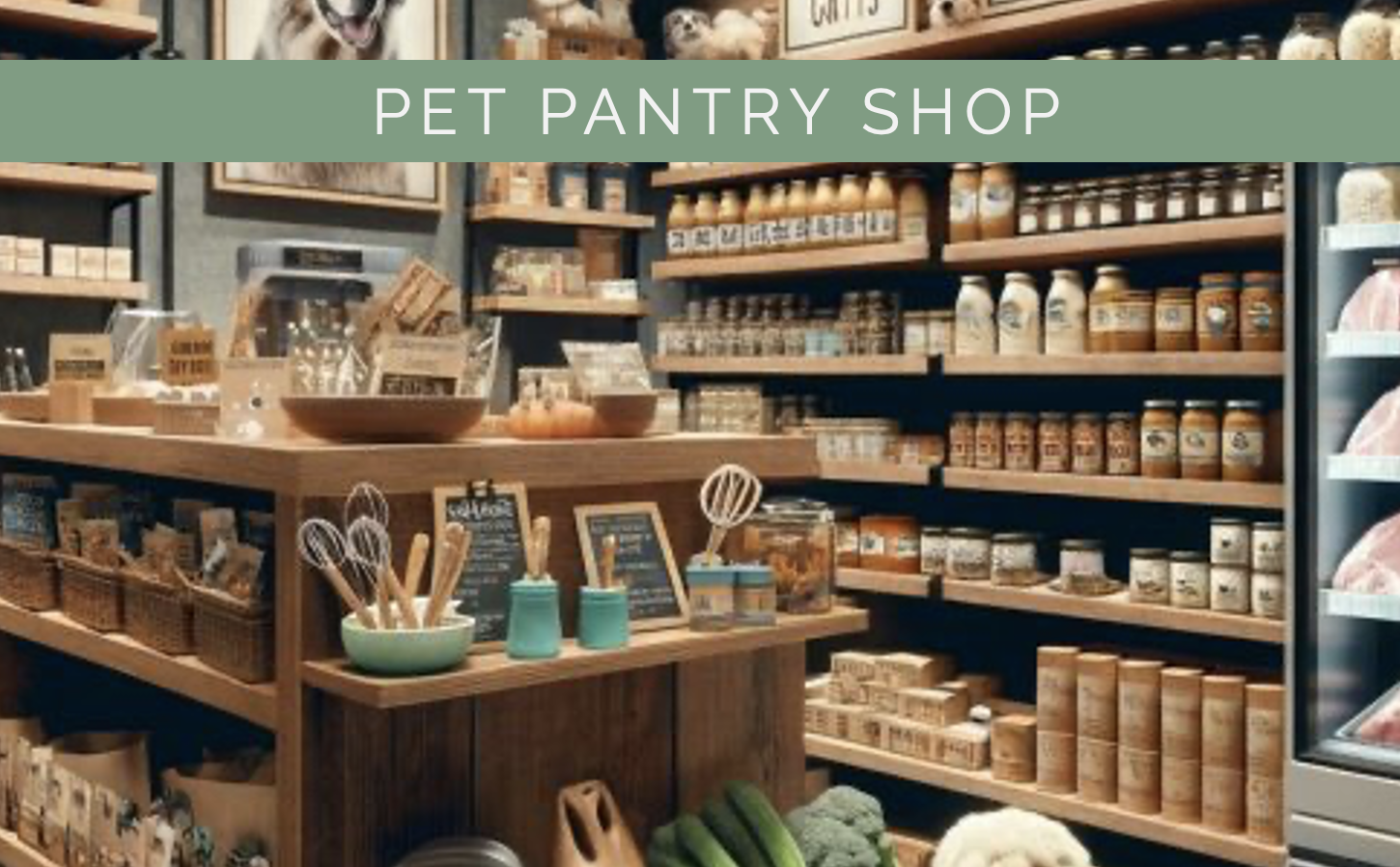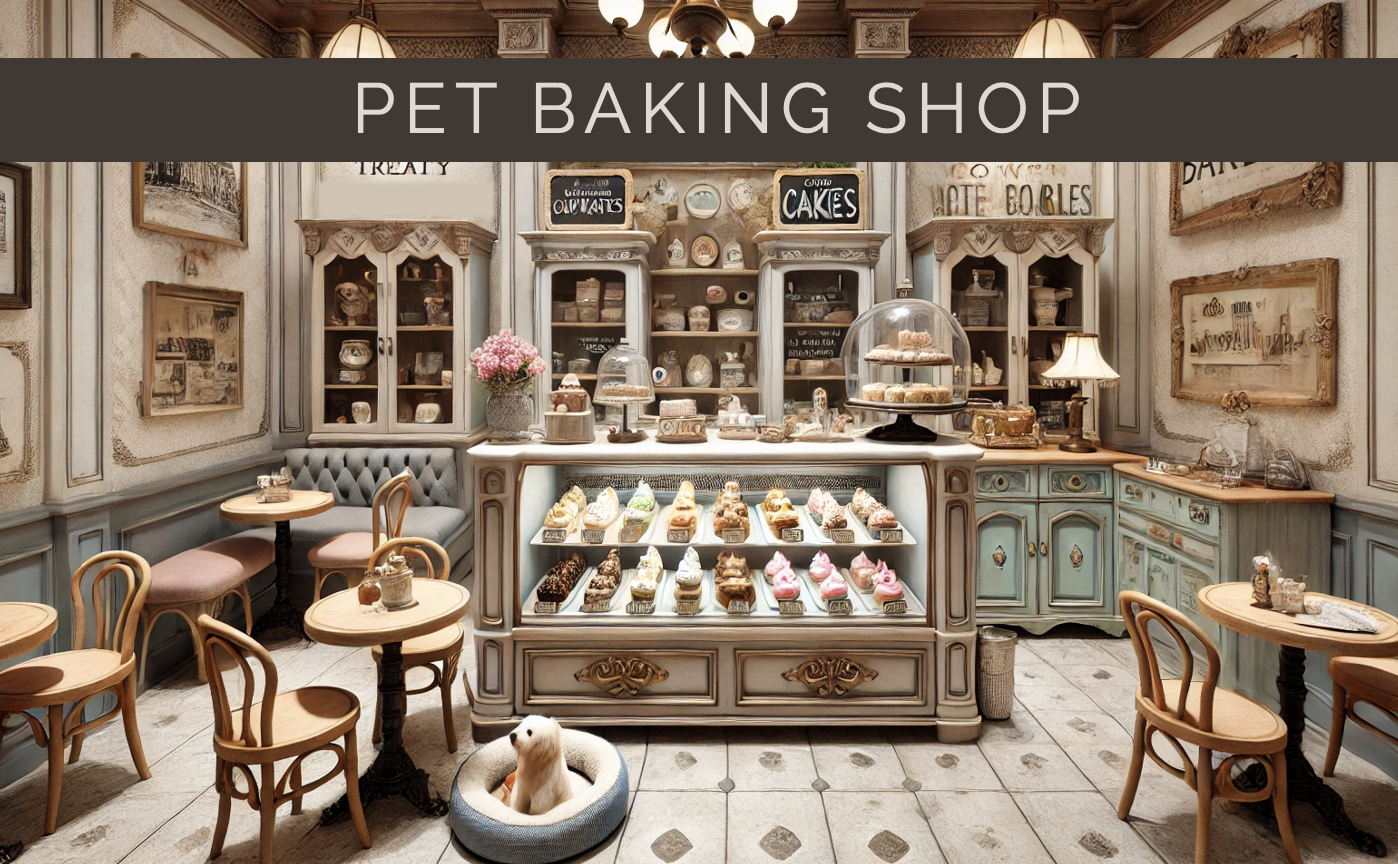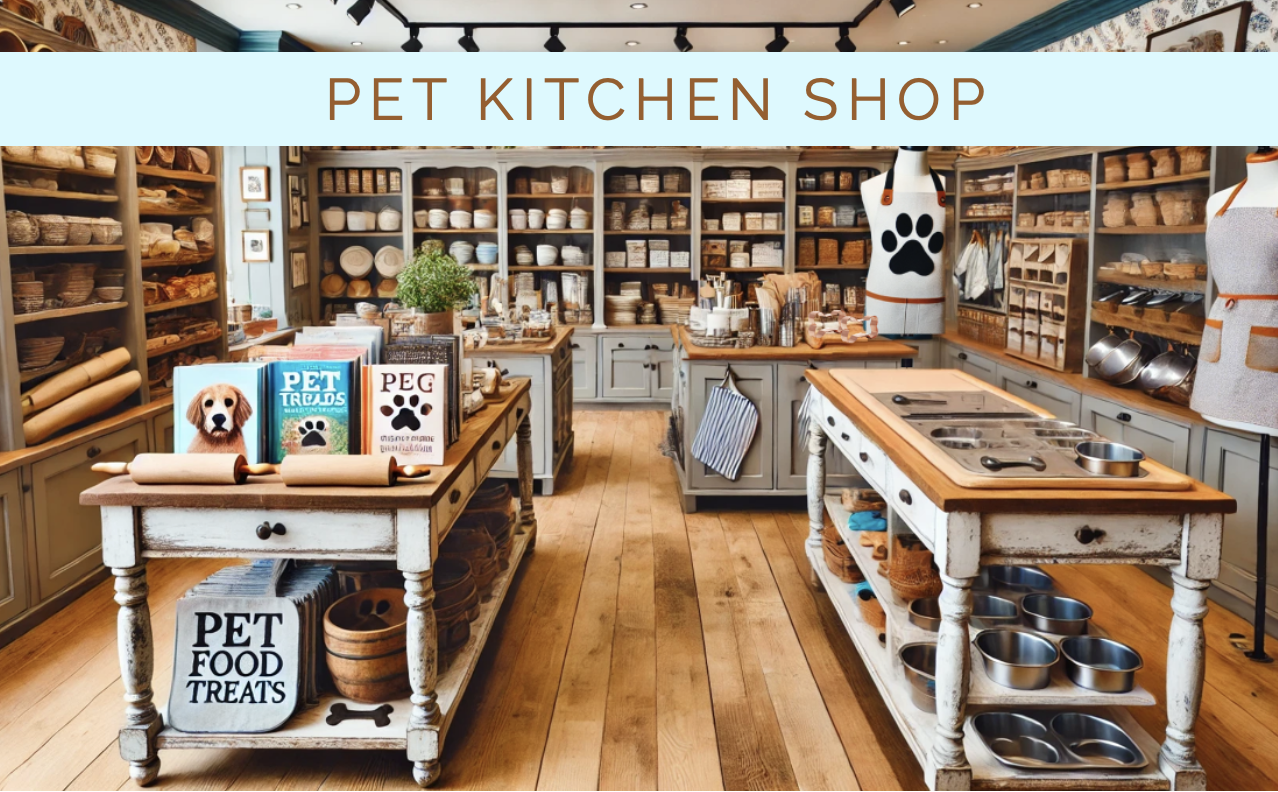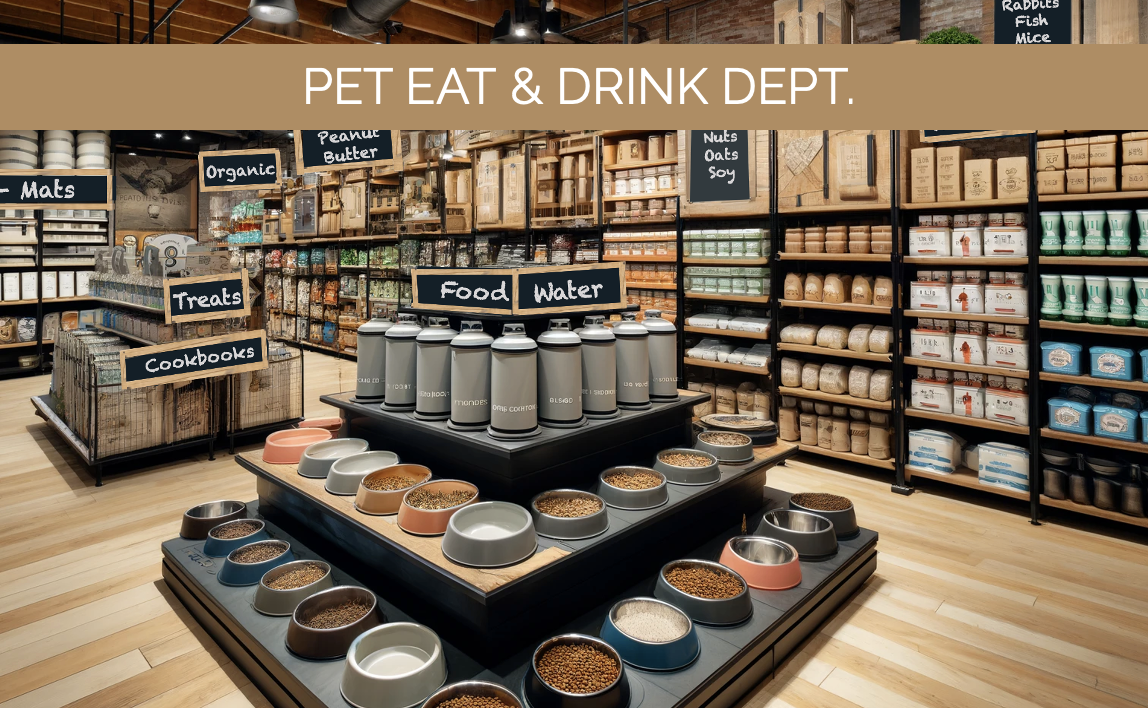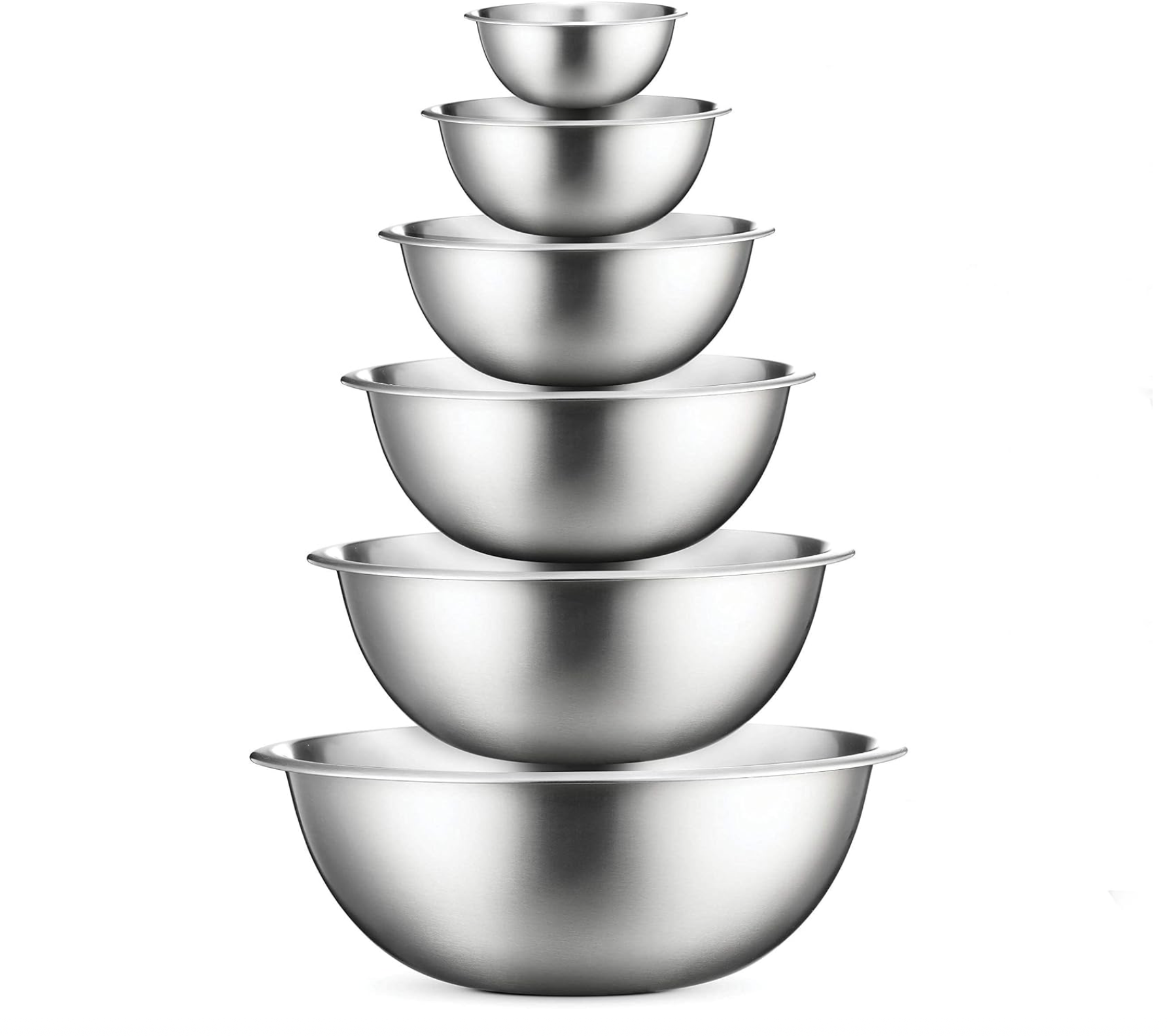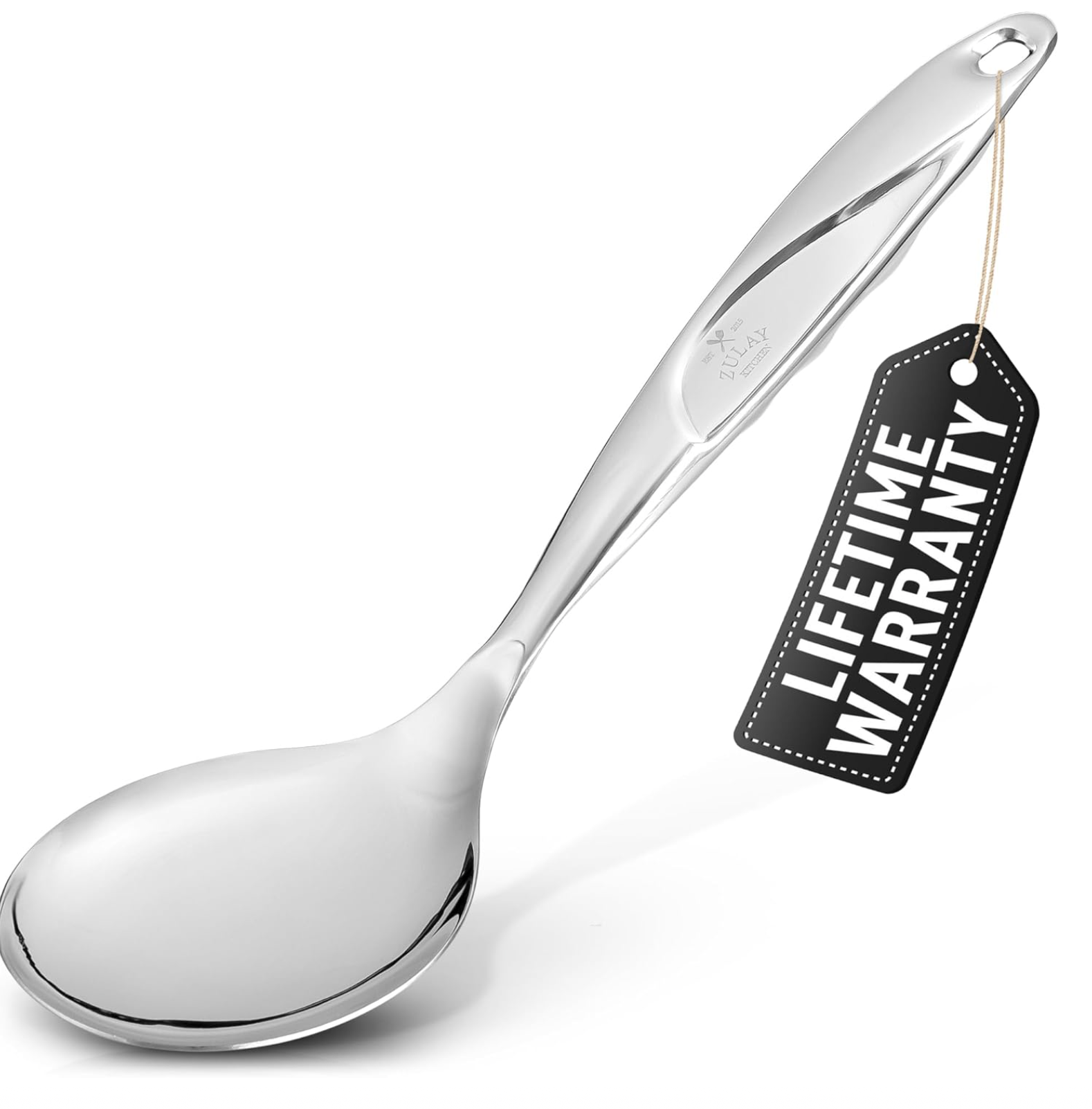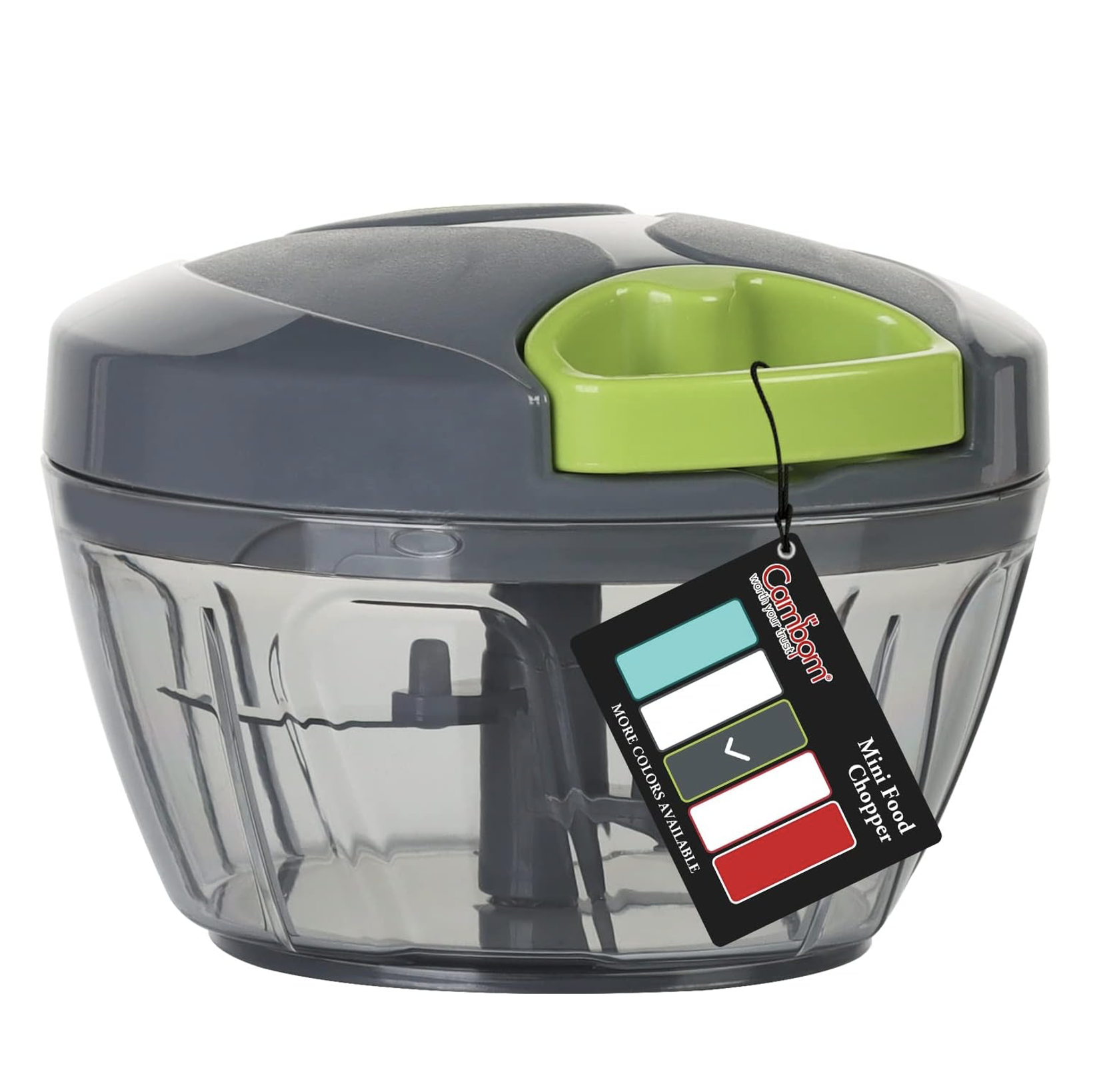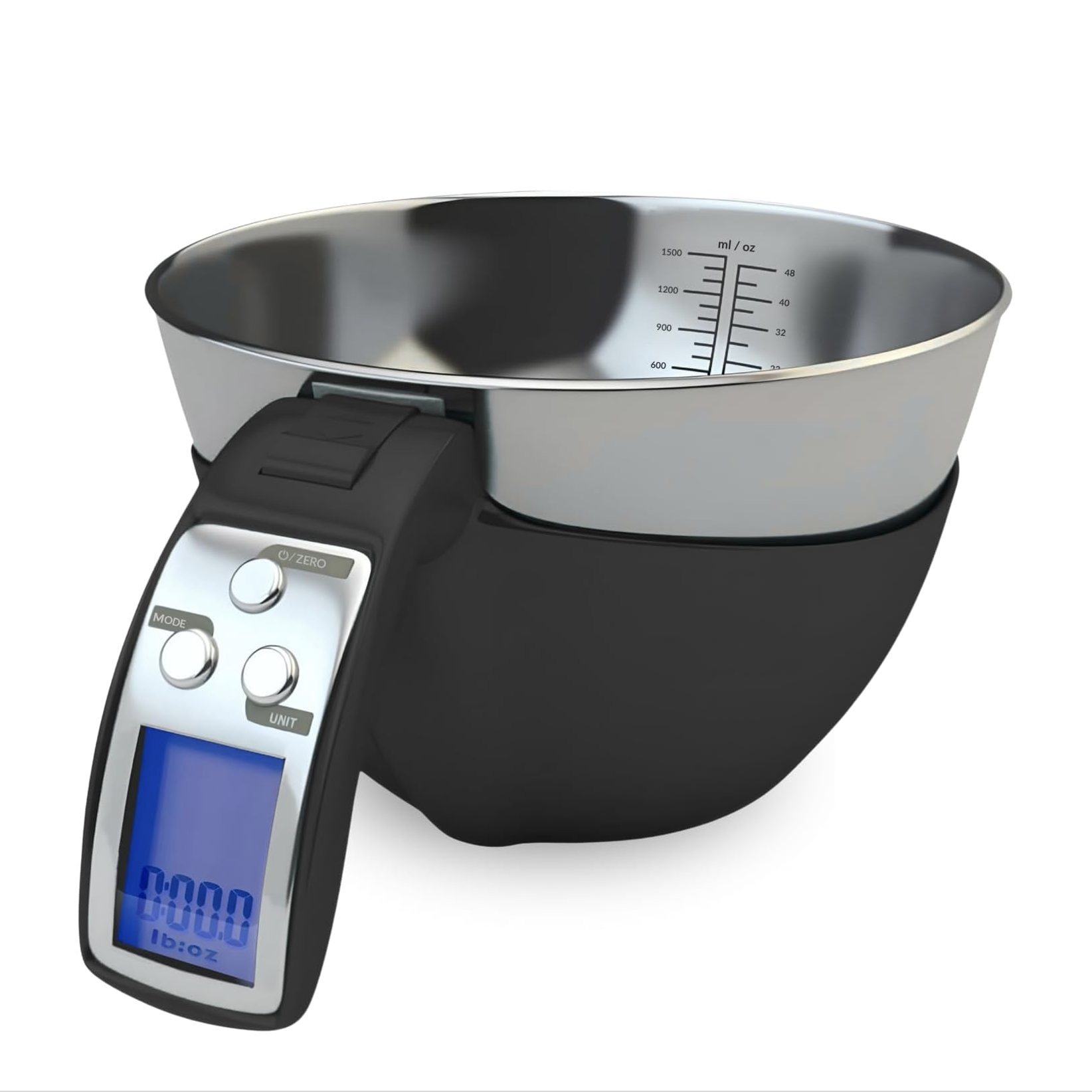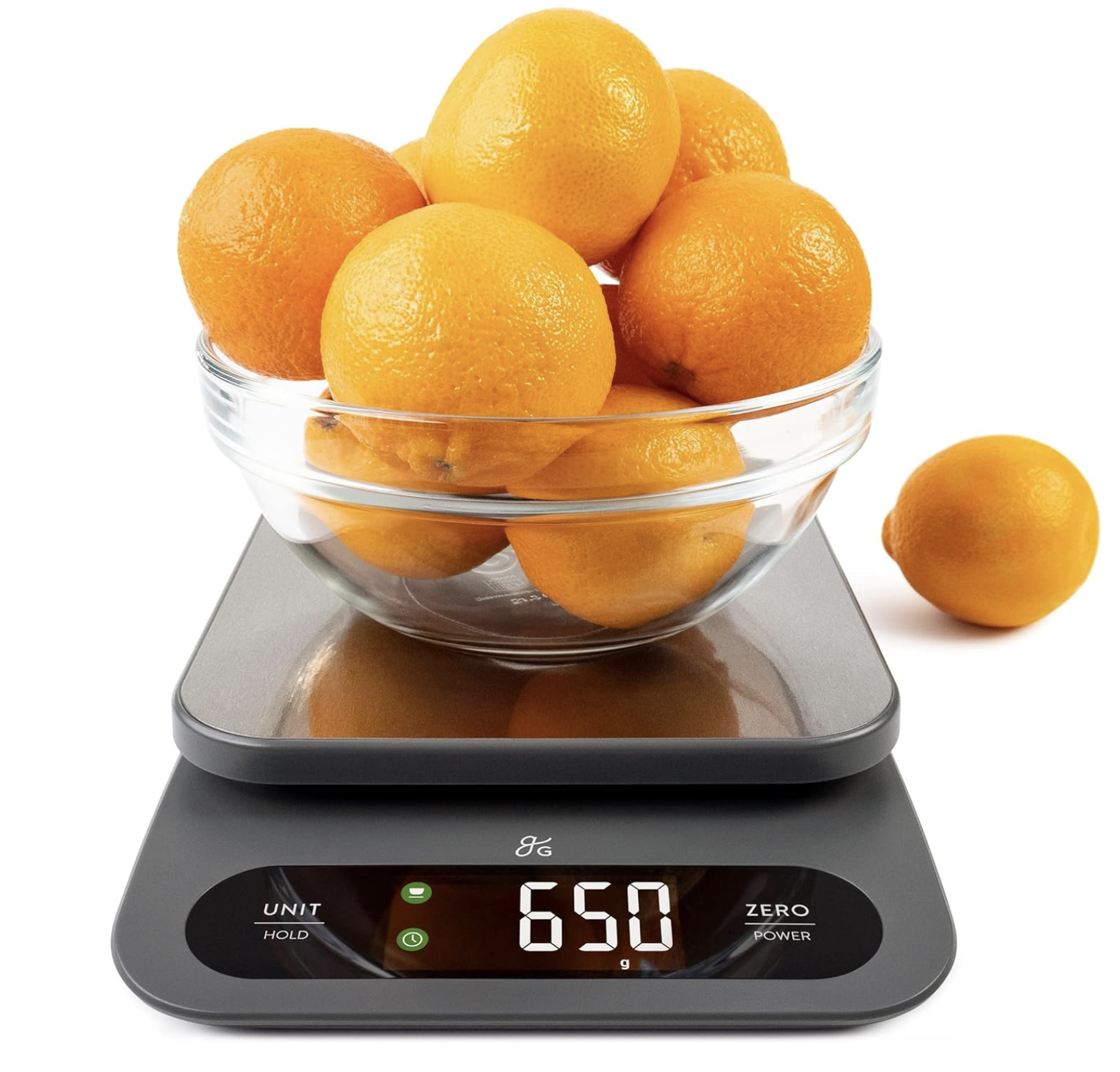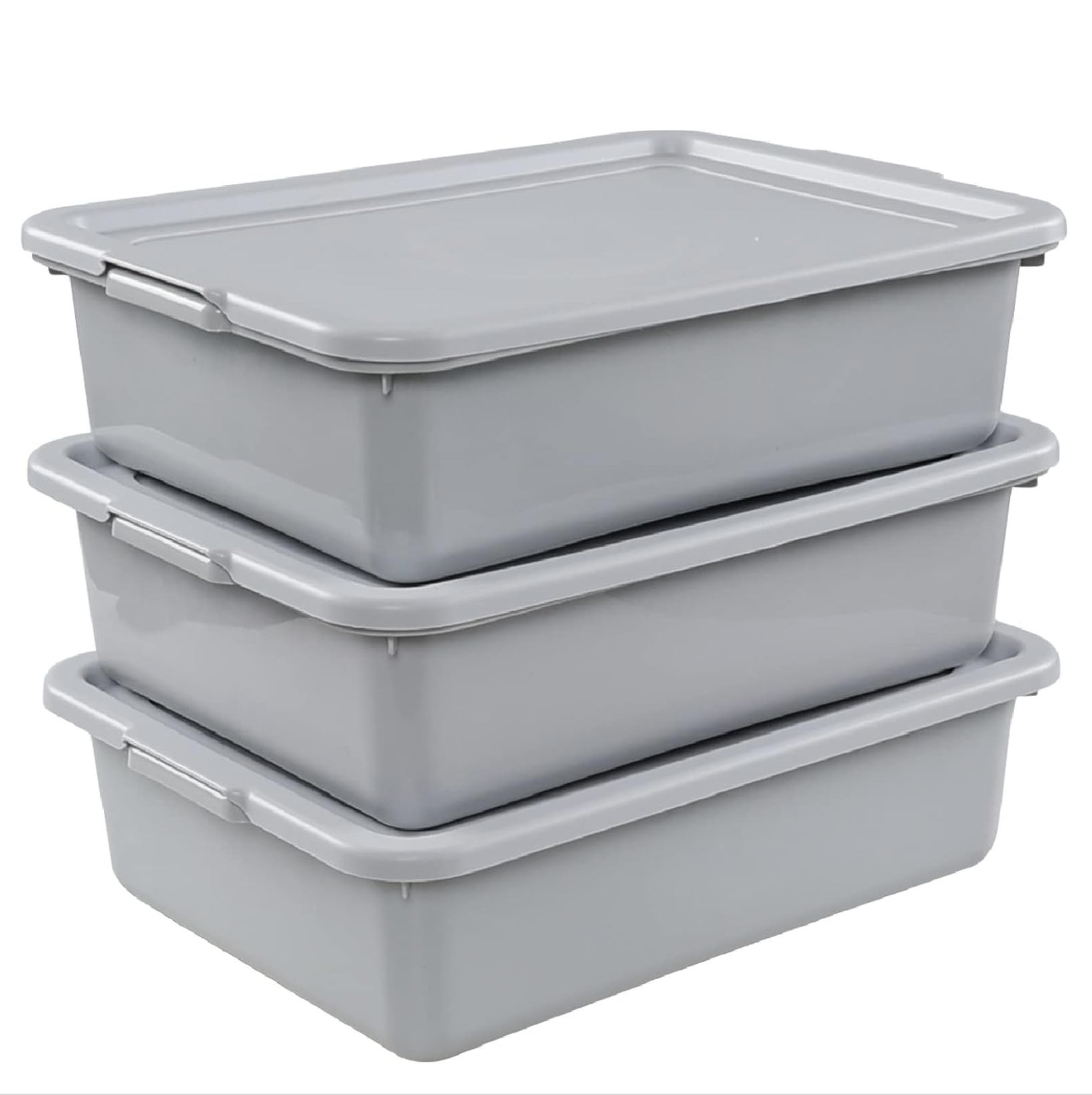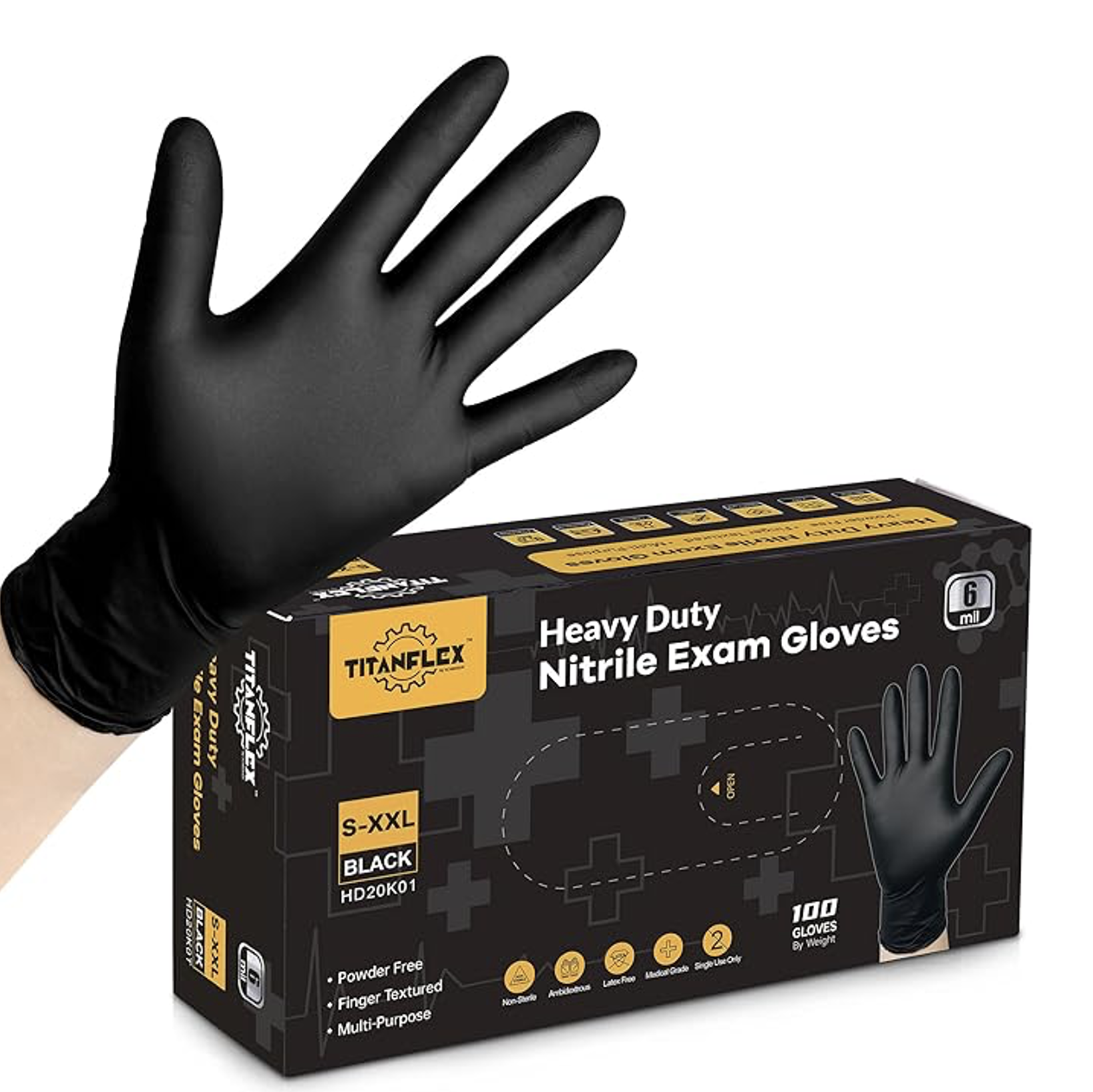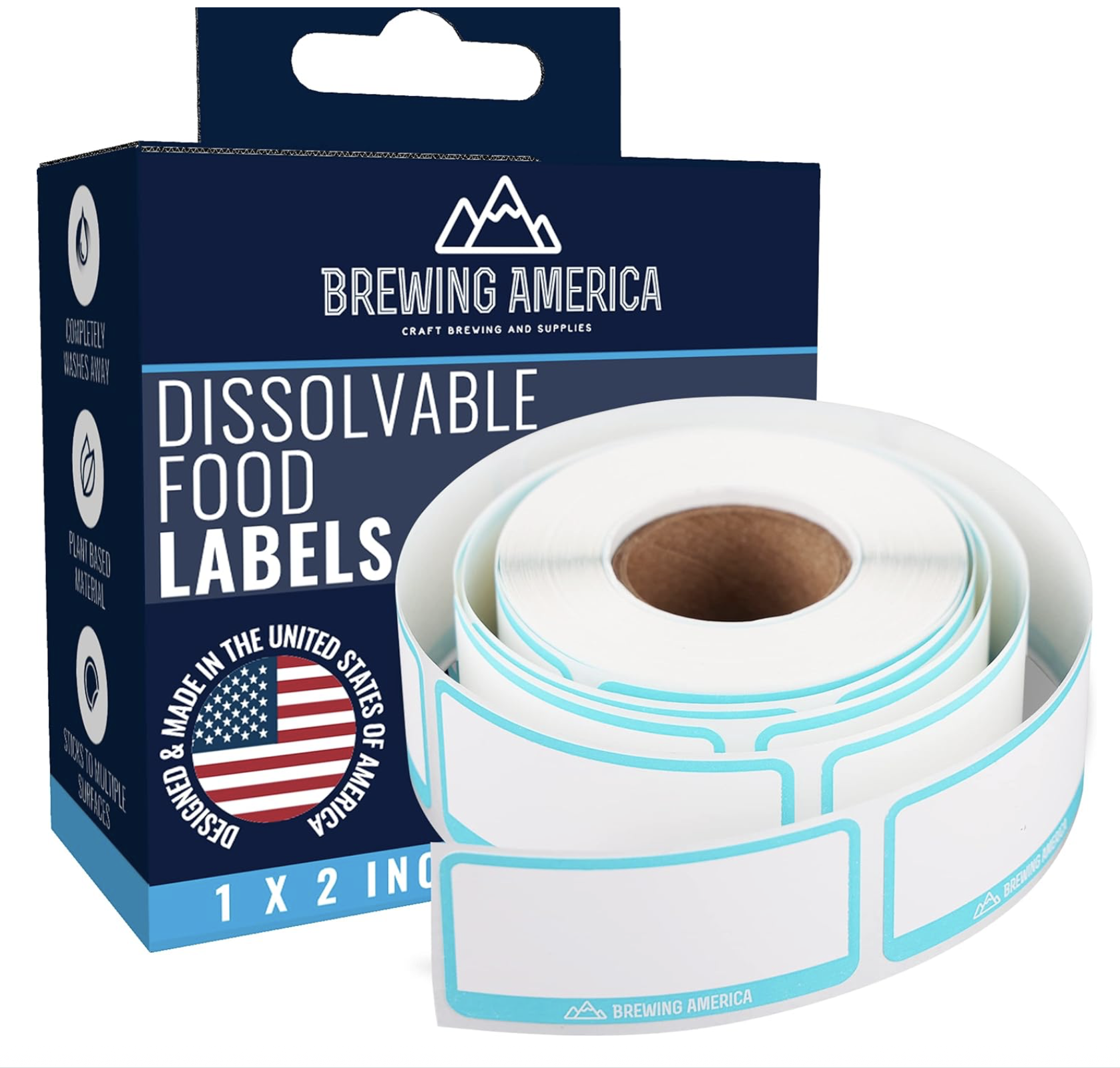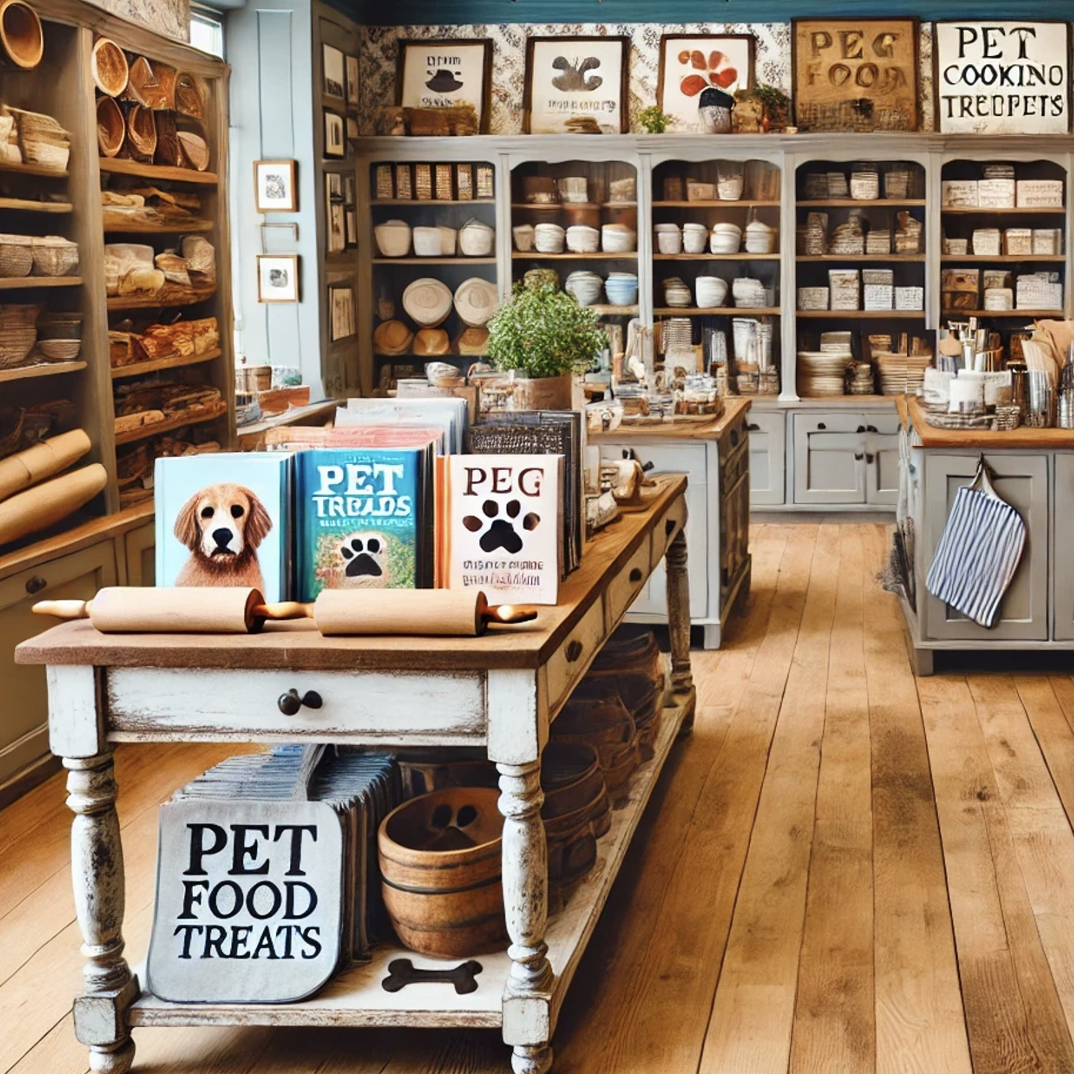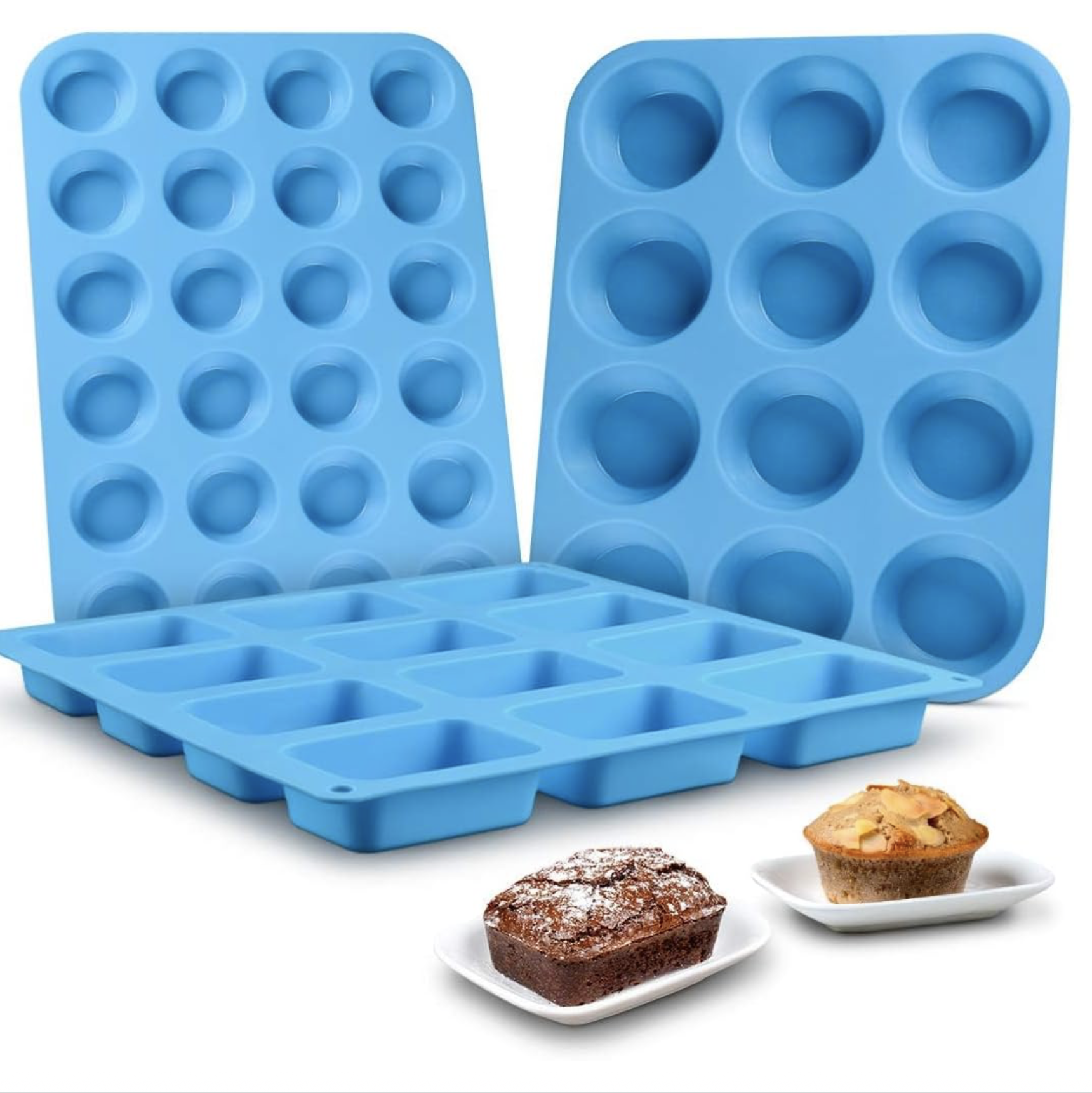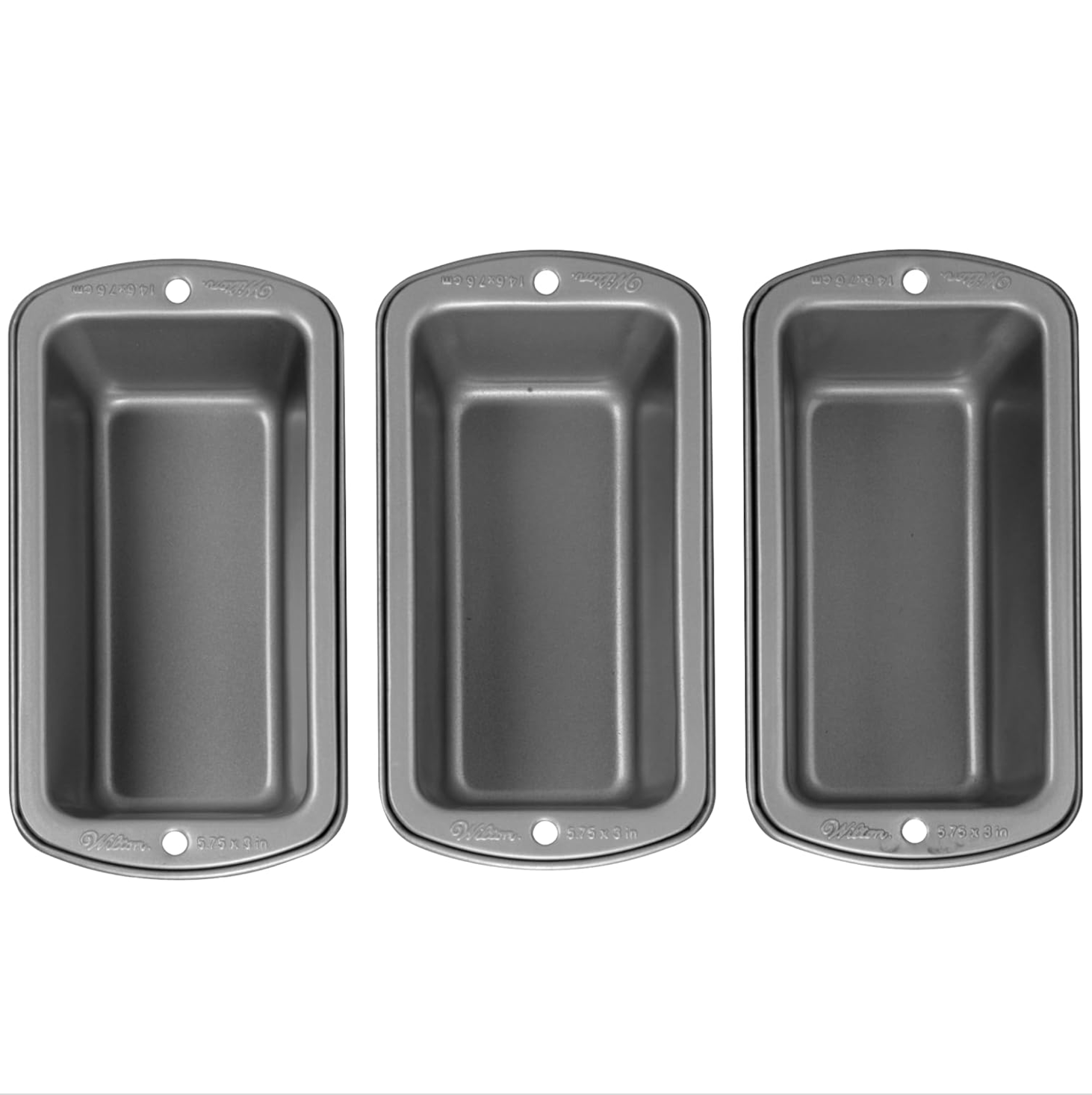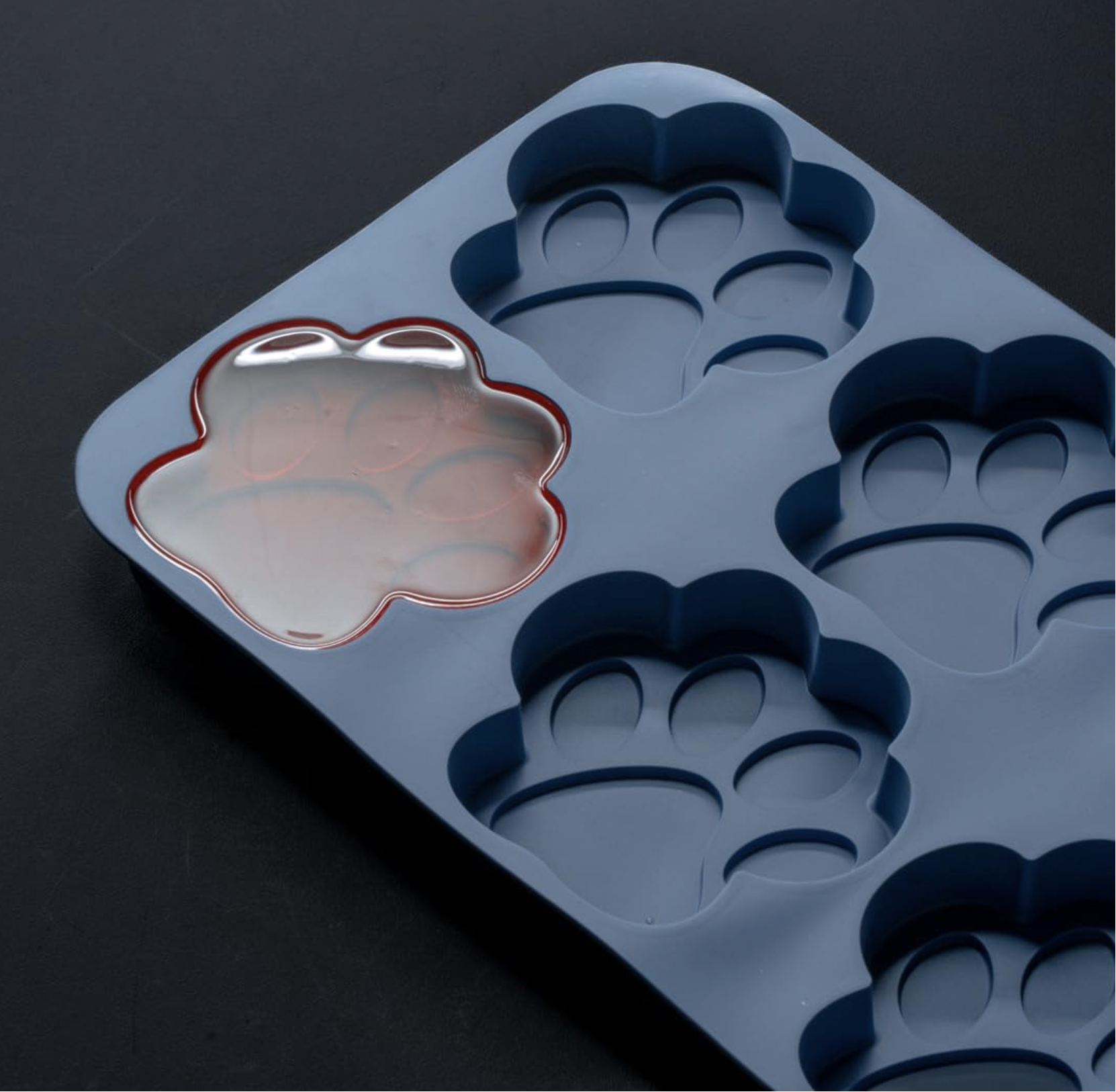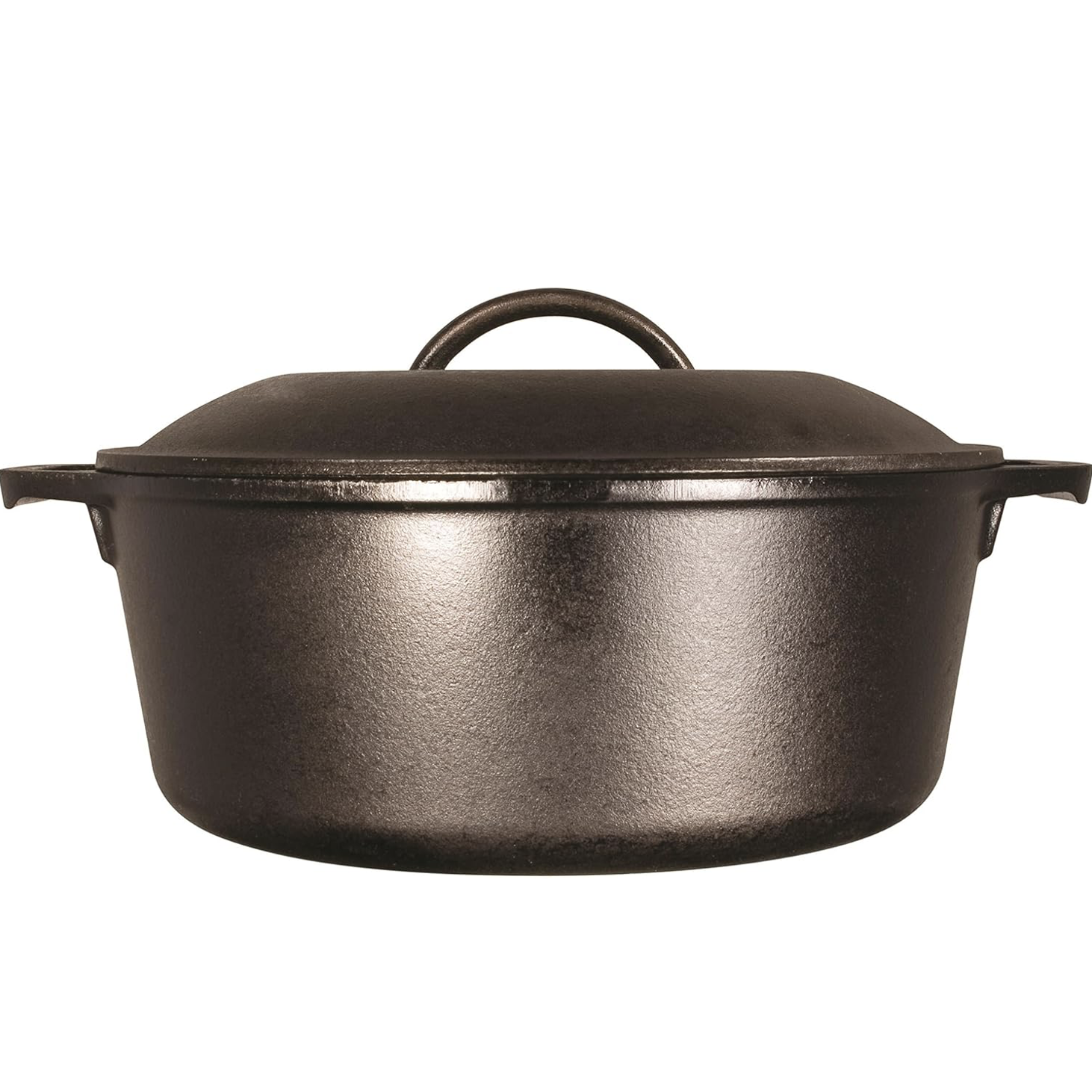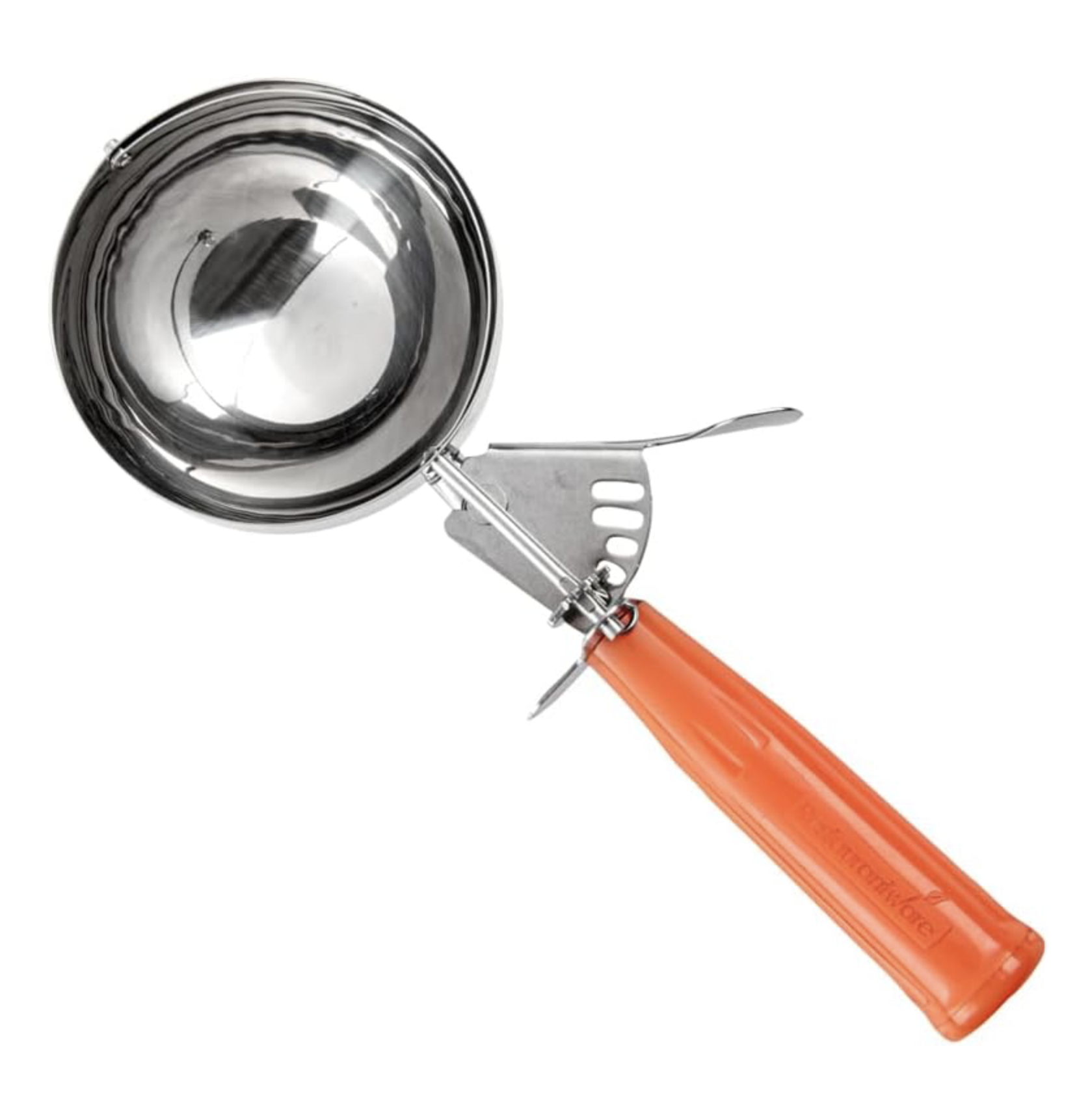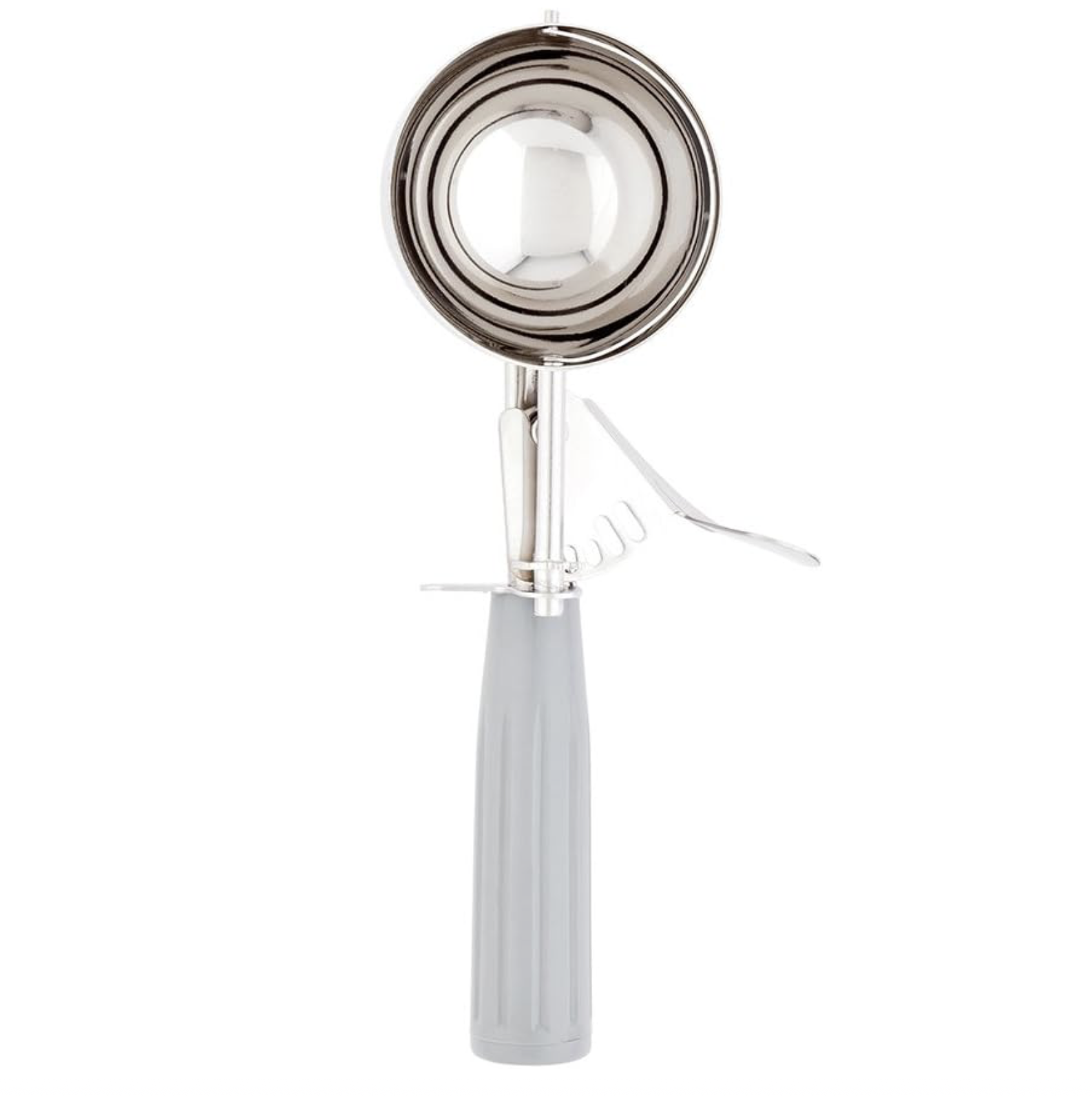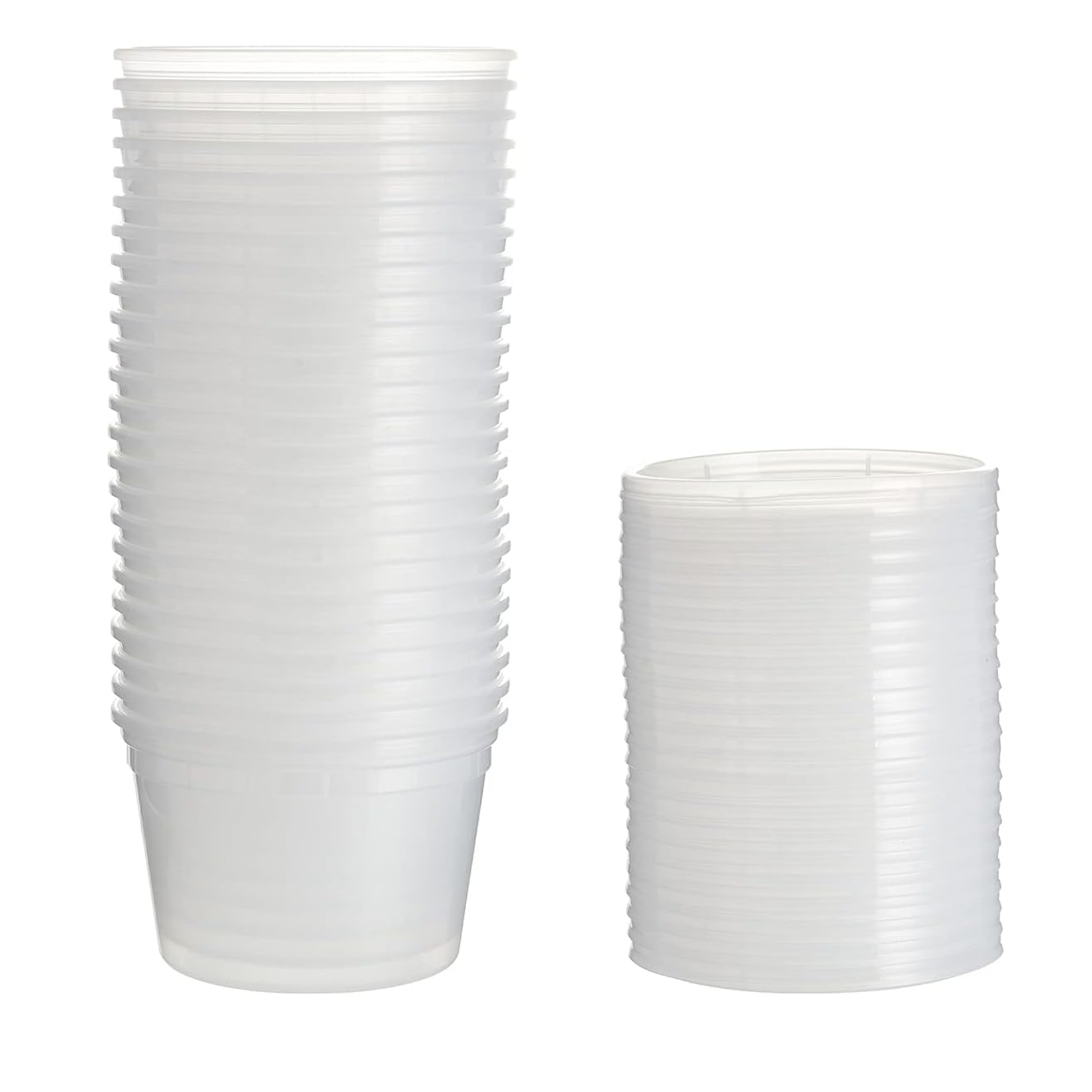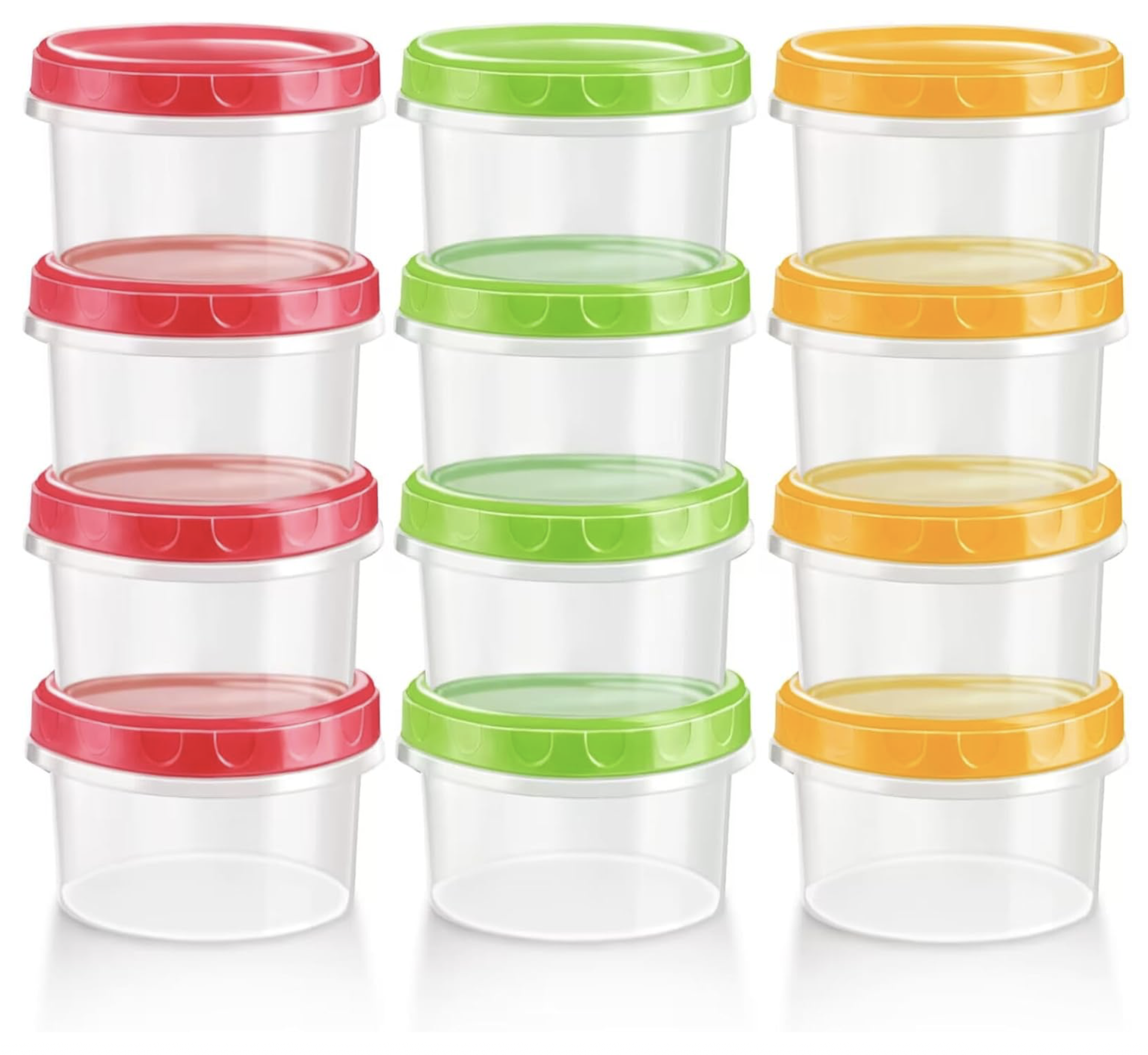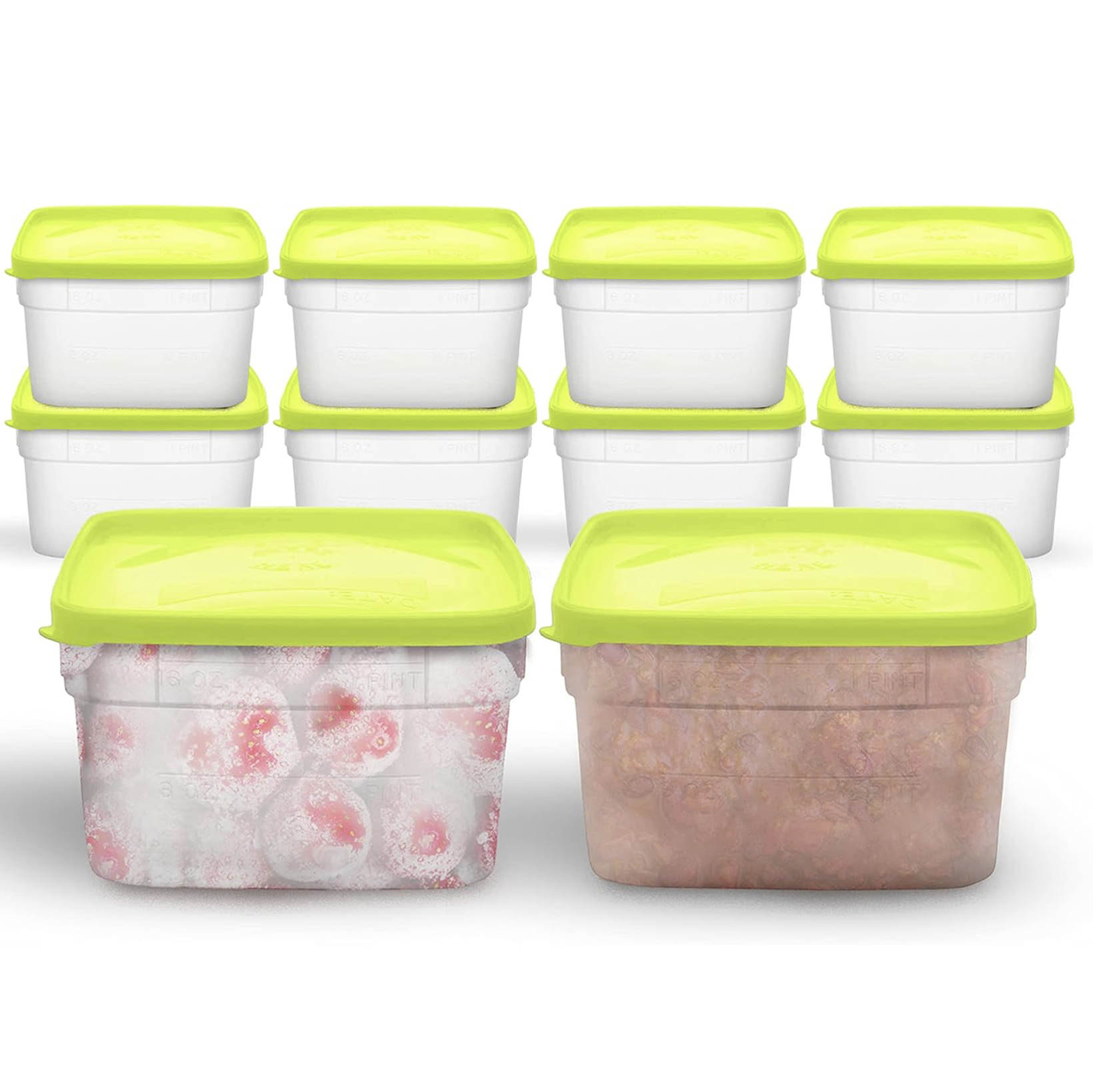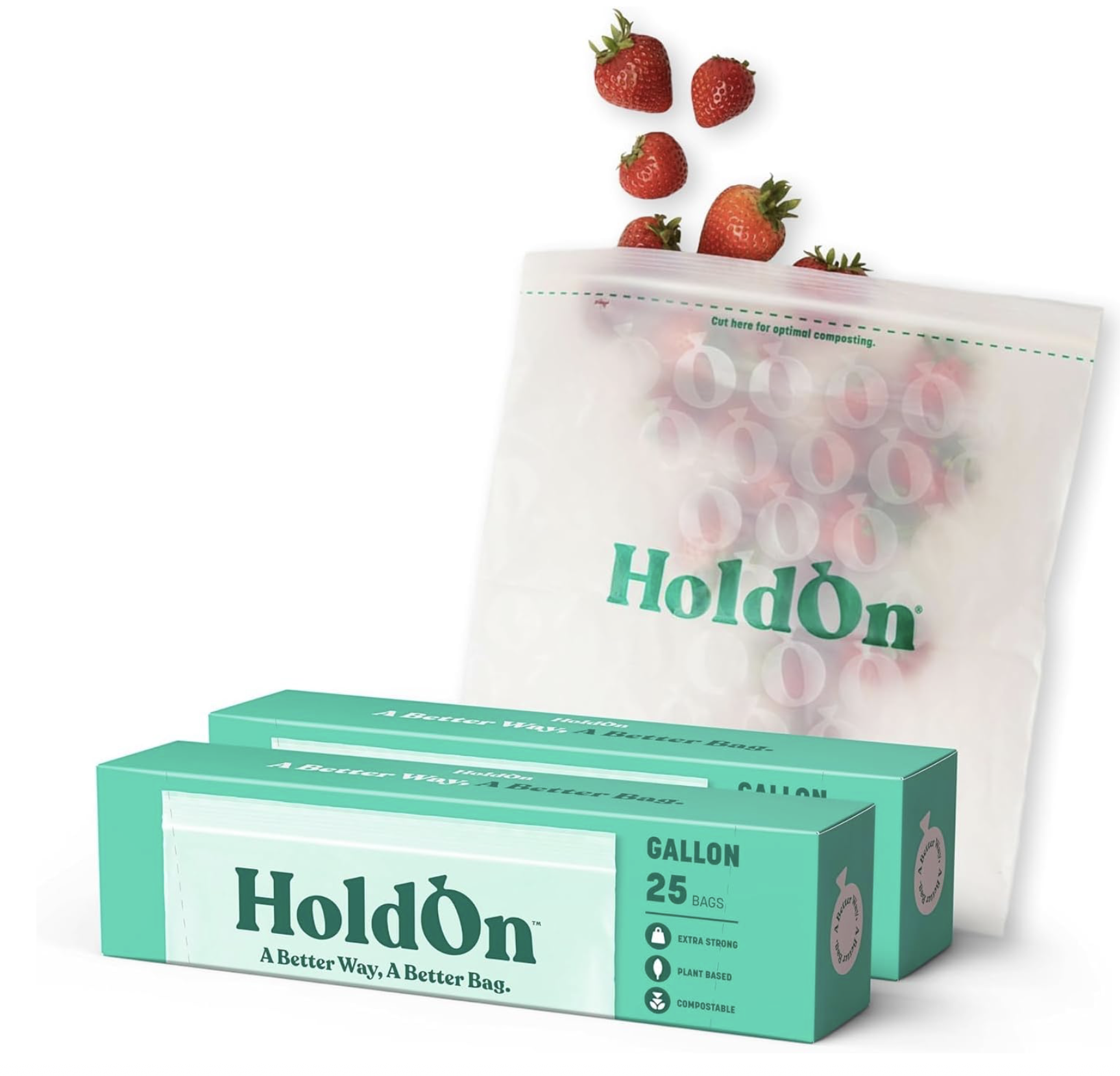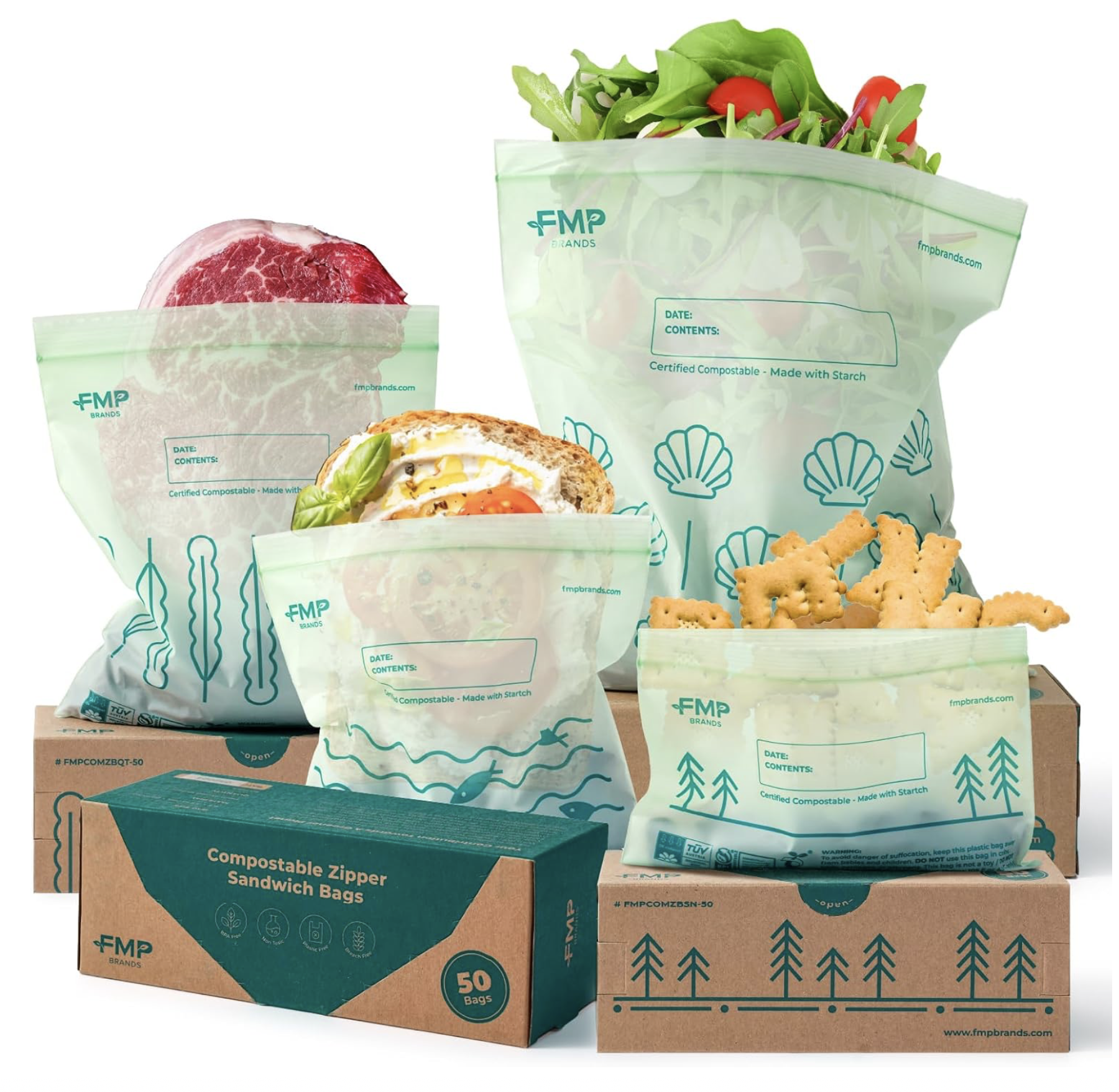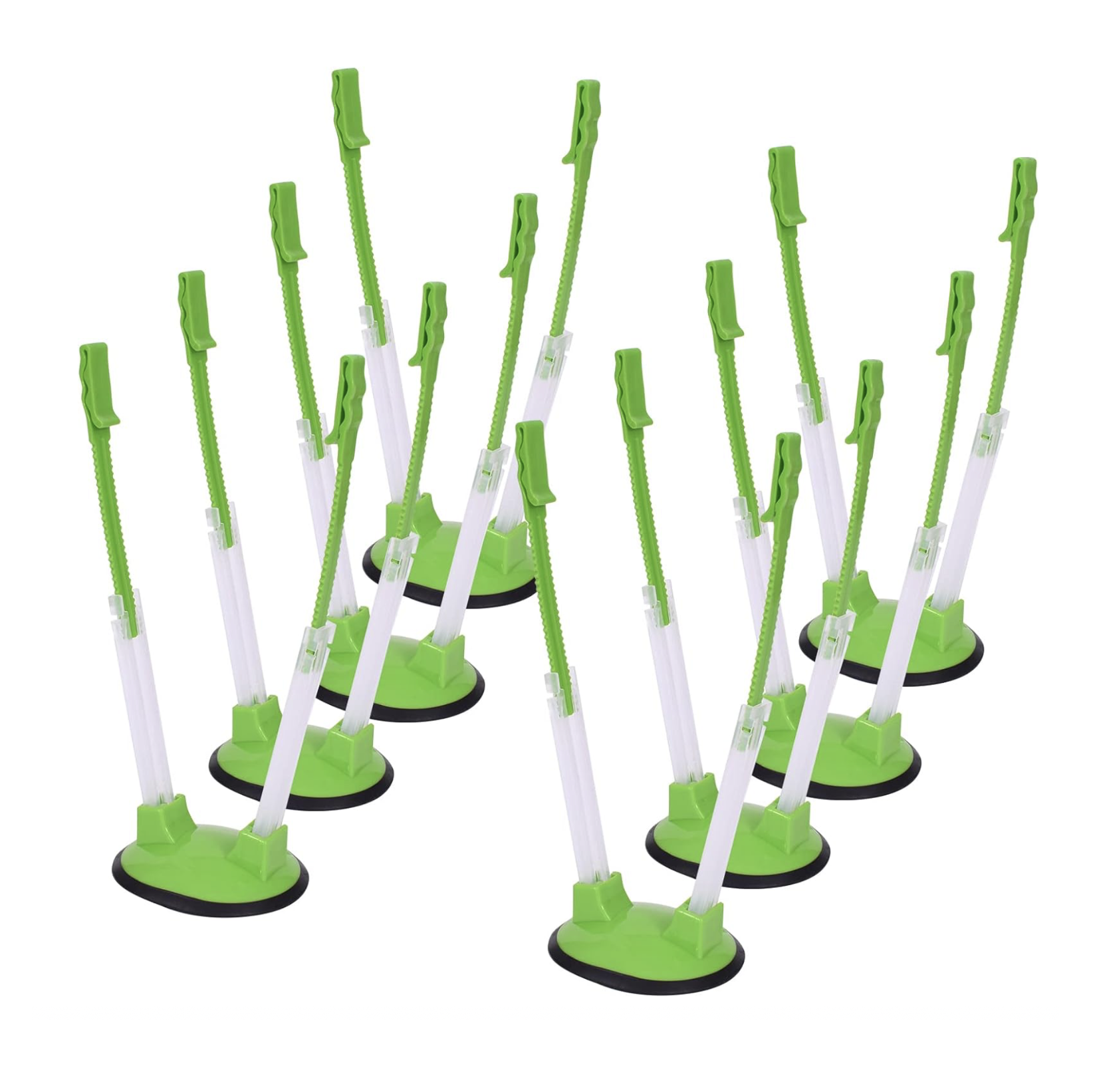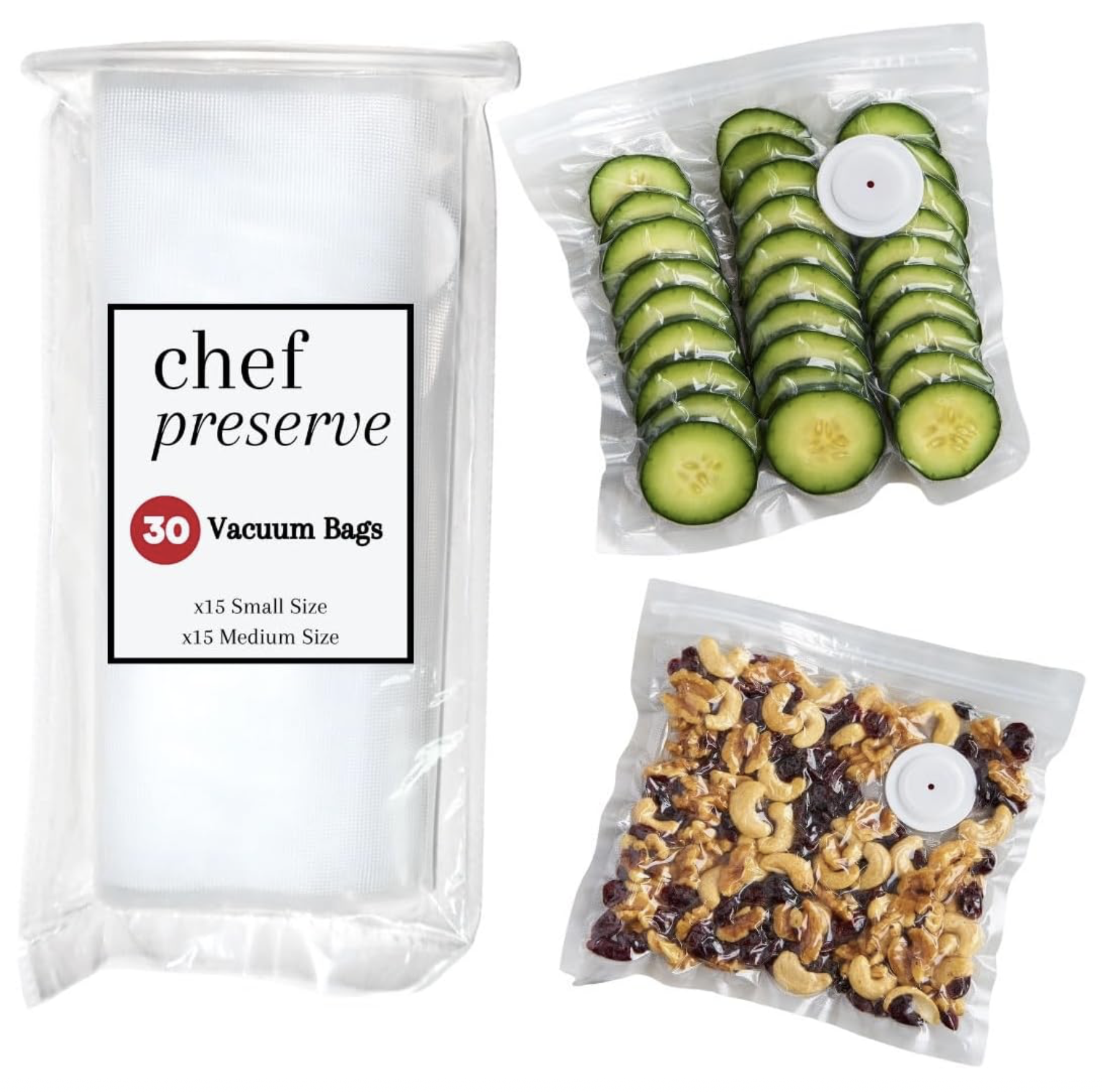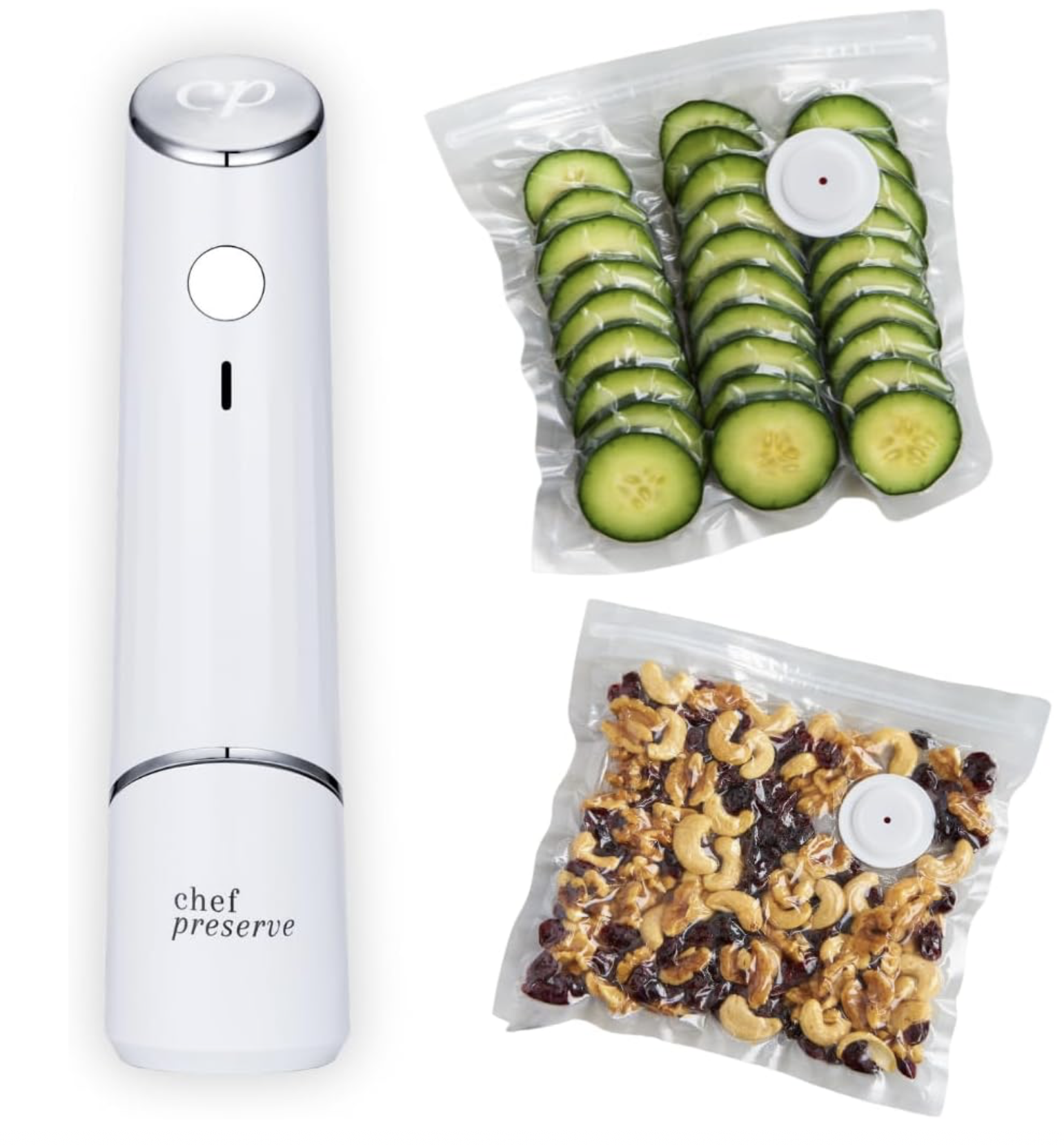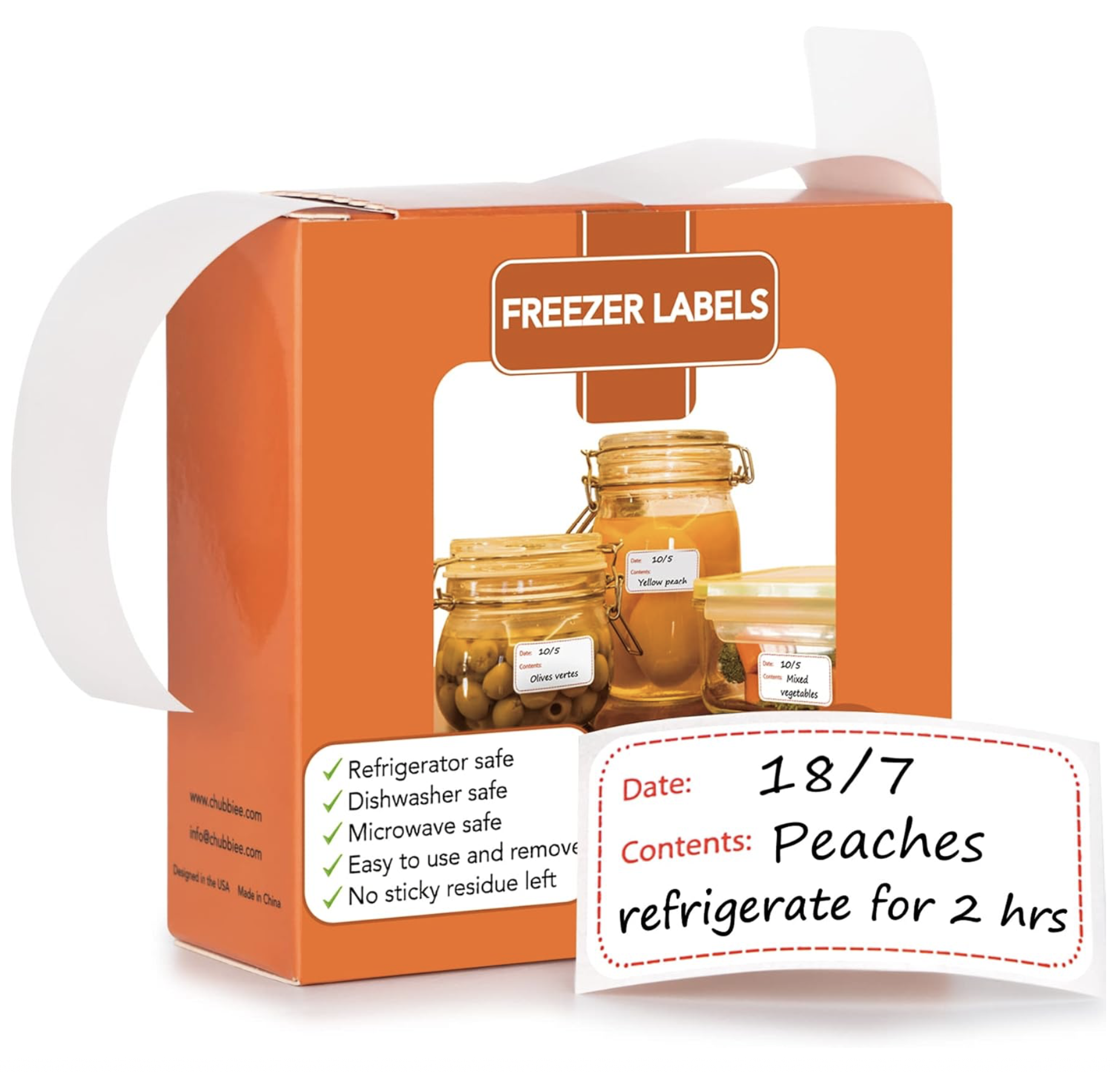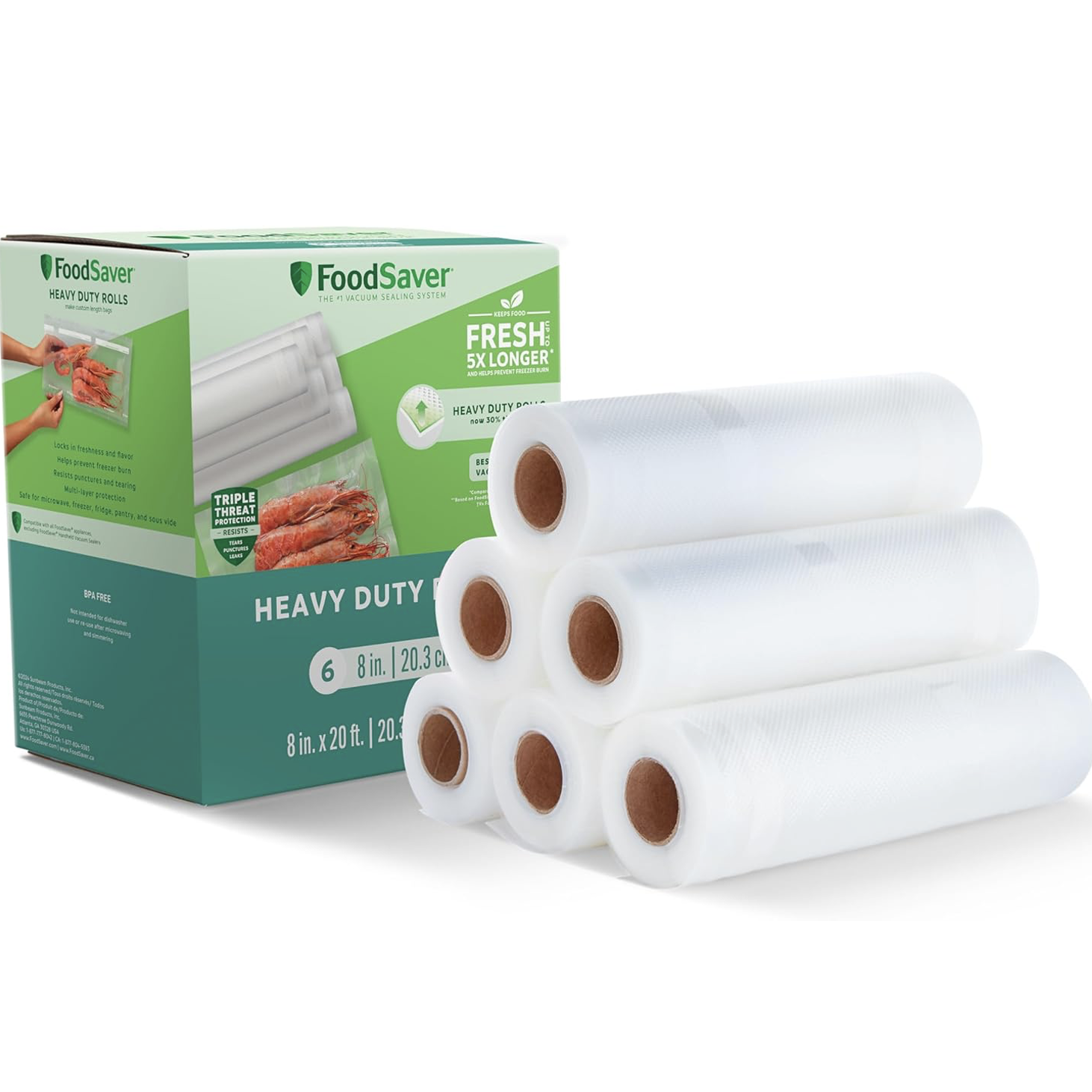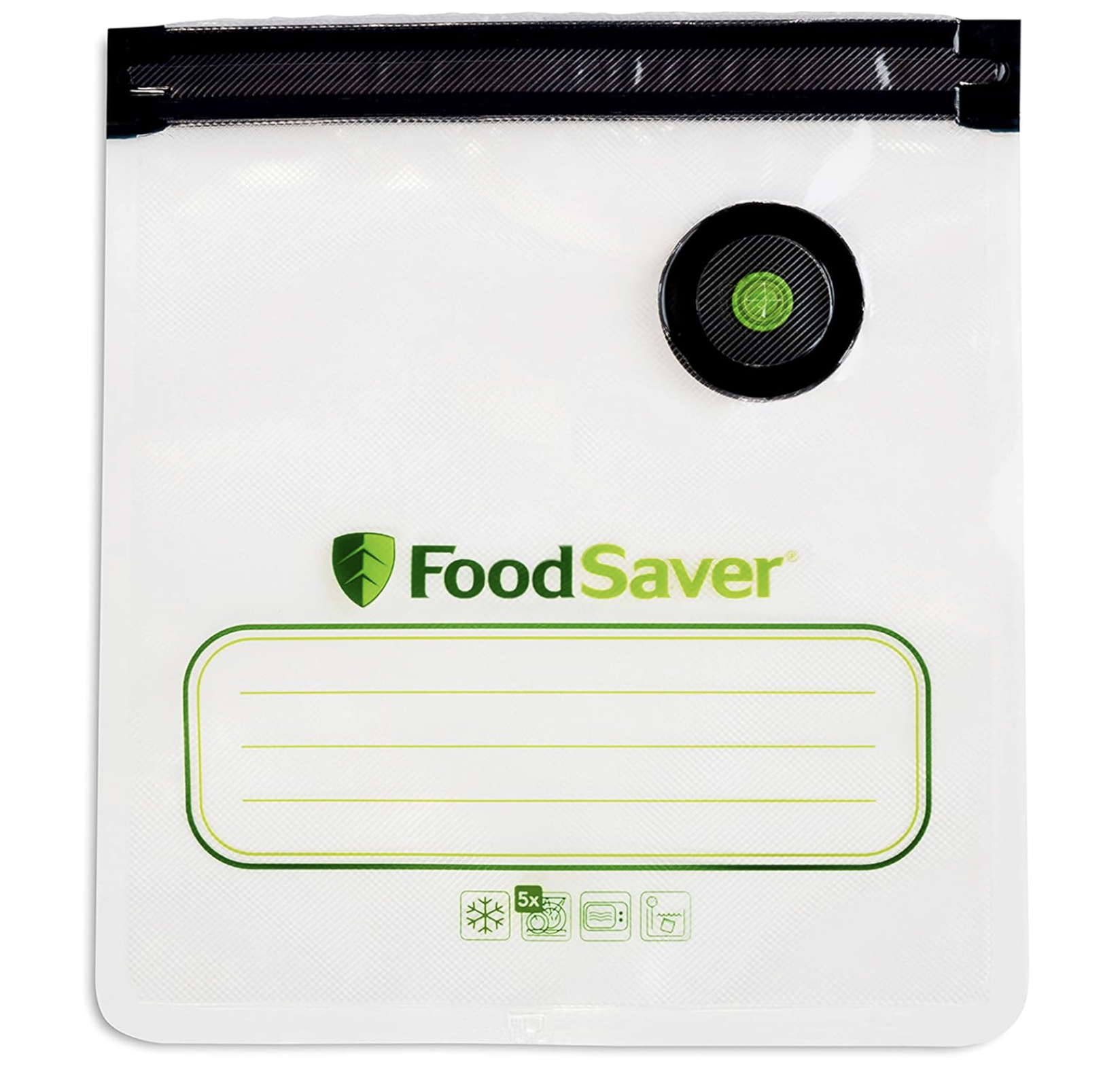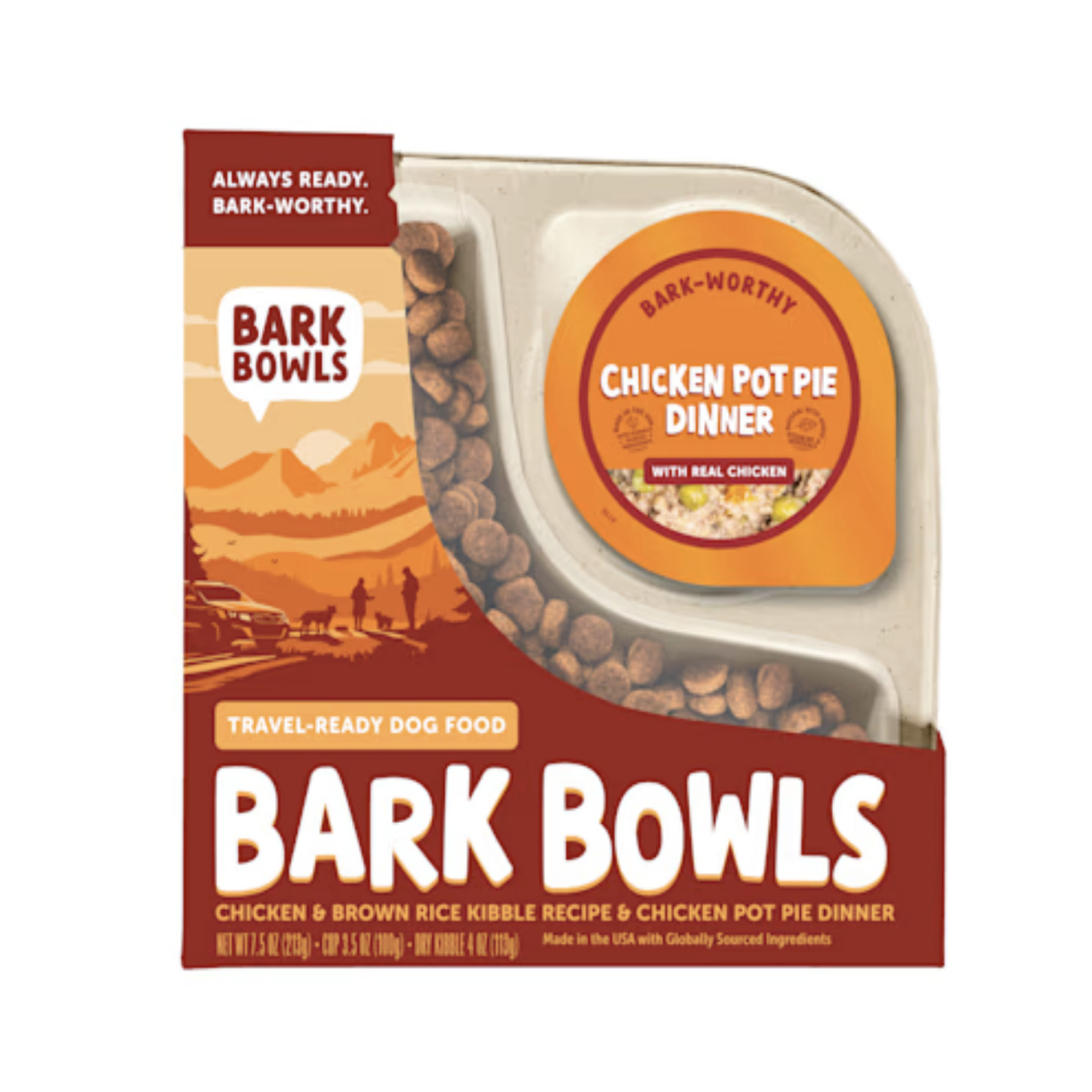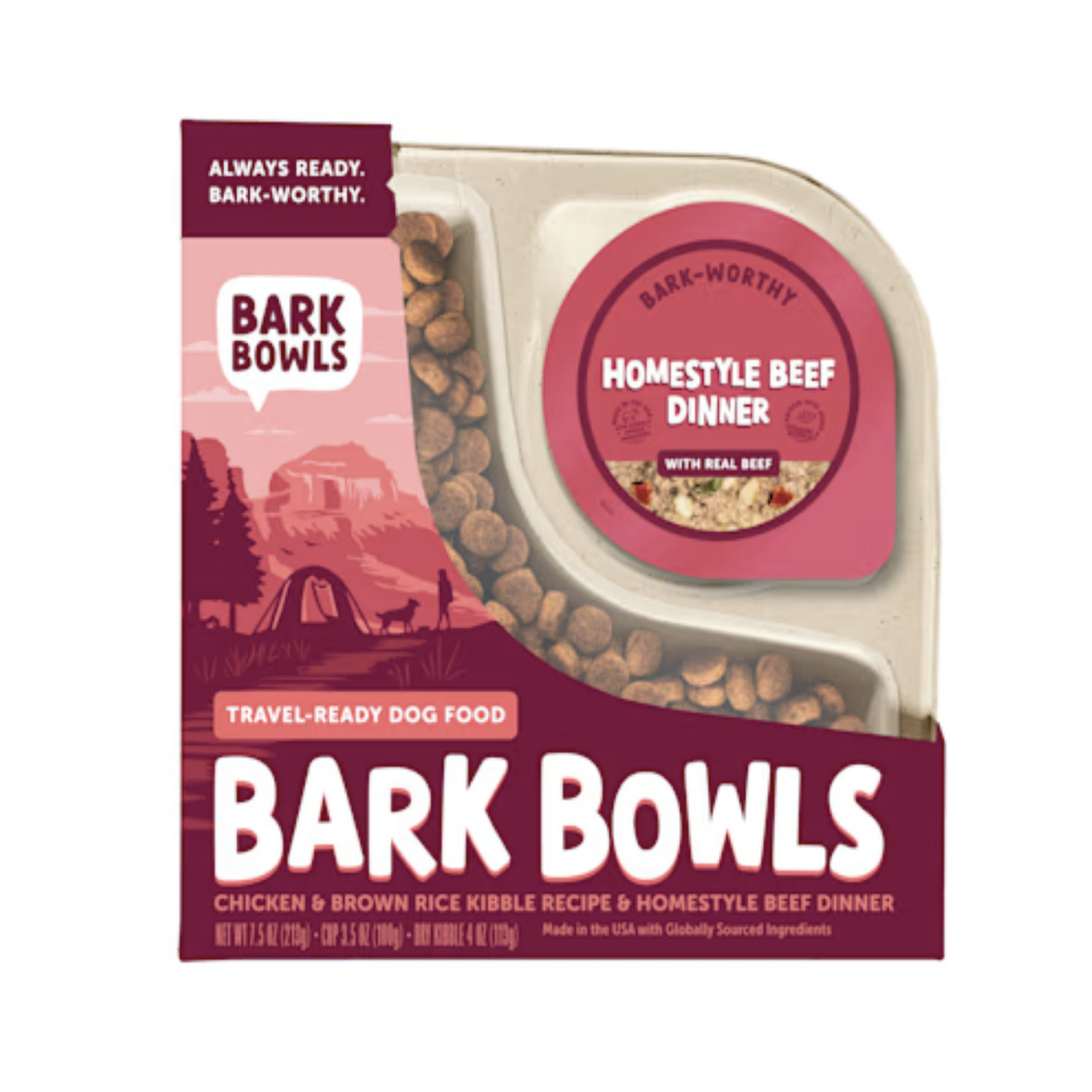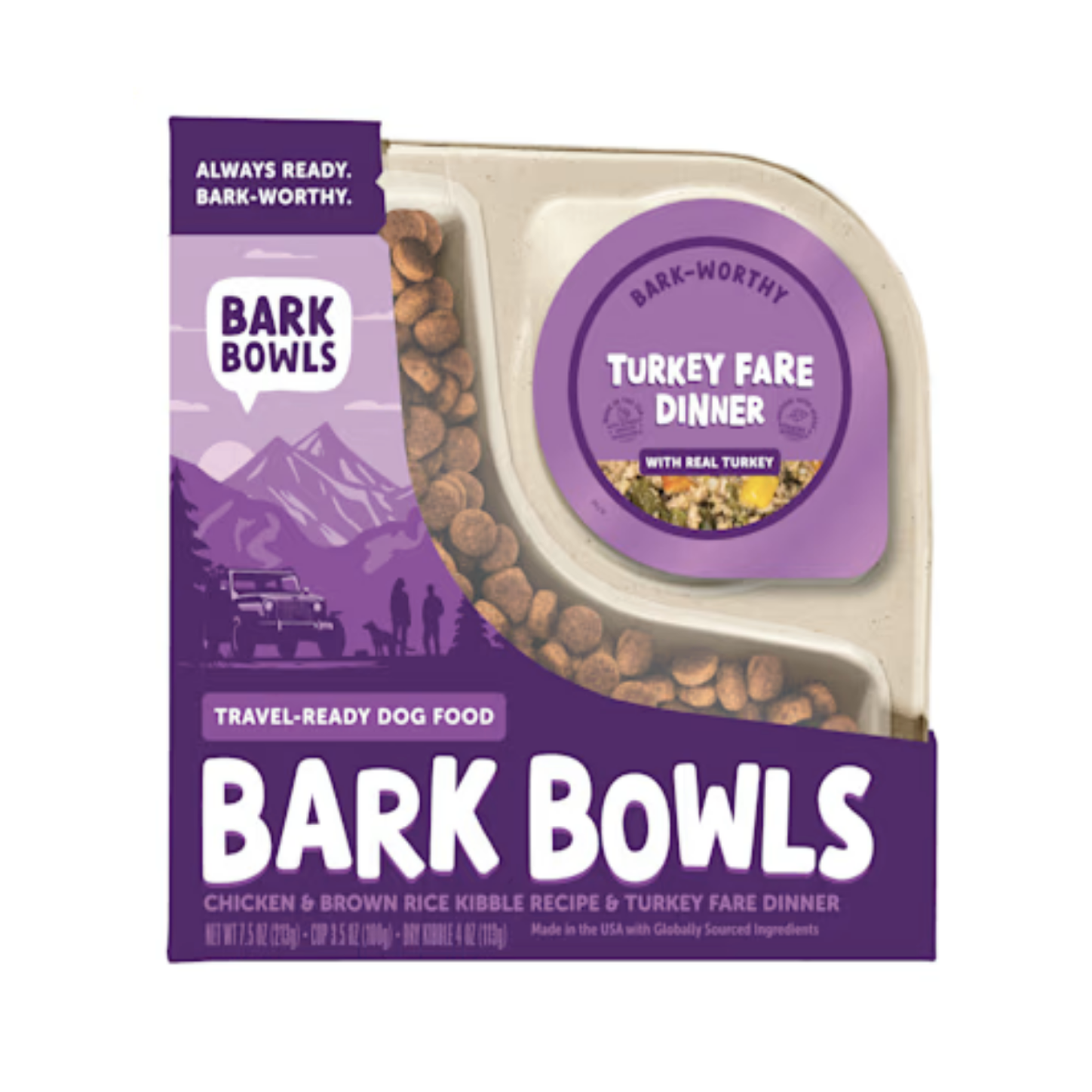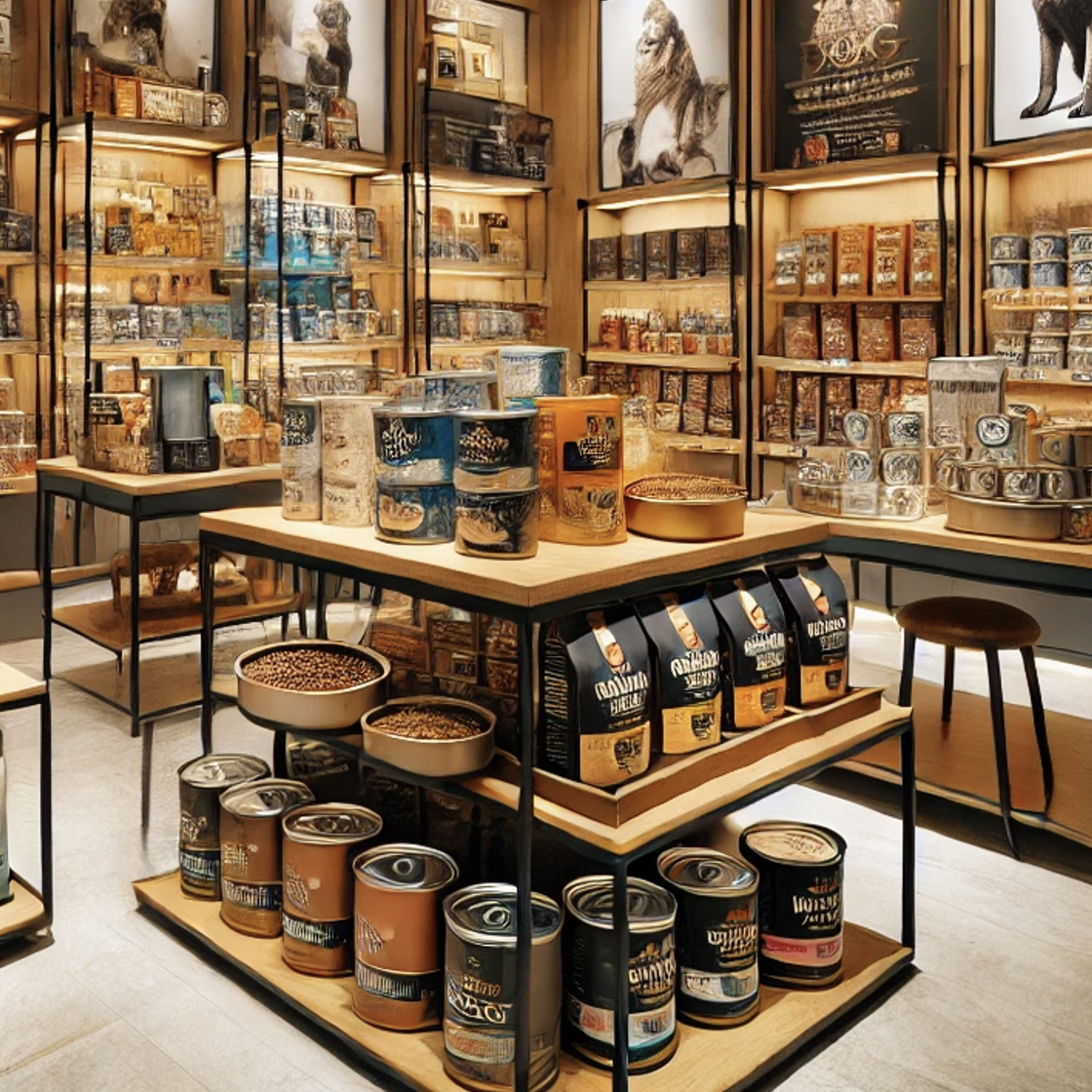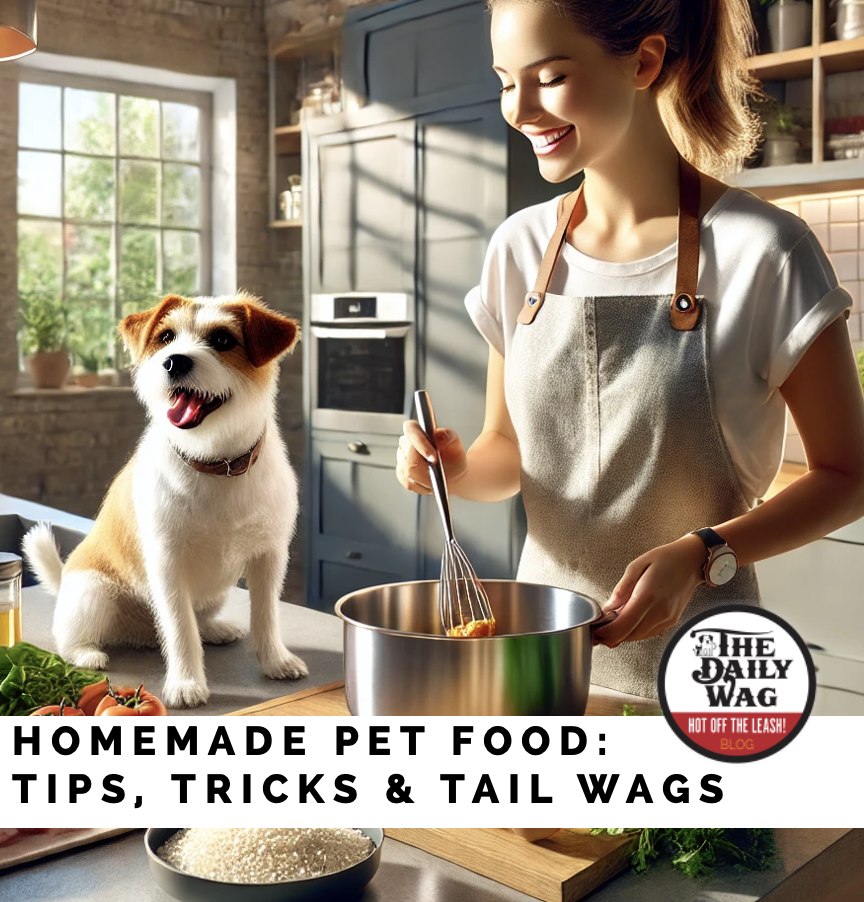The Ultimate Guide to Pet Food Prep: Healthy, Homemade, & Hassle-Free for Dogs and Cats
The Ultimate Guide to Pet Food Prep: Healthy, Homemade, & Hassle-Free for Dogs and Cats
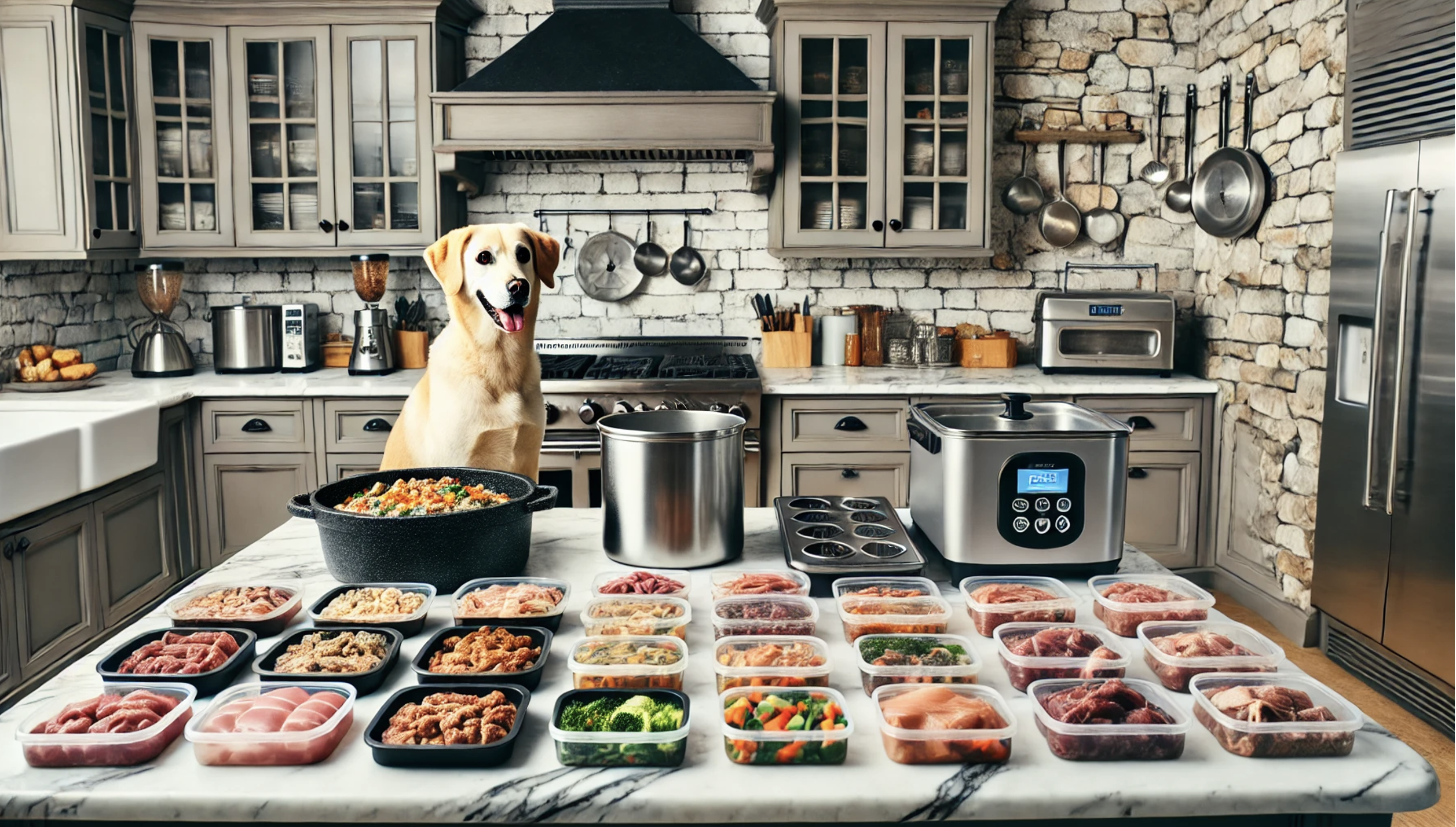
Save time and feed better with smart pet food meal prep!
Written by: Juliette, pet food expert
Welcome to my kitchen, where I am embarking on this article to not only encourage pet owners to make their own pet food, but to make the process easy and enjoyable! As a seasoned chef and culinary connoisseur of gourmet pet food, I take great pride in crafting meals that are not only delicious but also nutritious, cost-effective, and eco-friendly.
Homemade pet food is an exciting trend and let me tell you, those of us who enjoy a homemade meal are thrilled! Fresh ingredients, real flavors, and a little extra love in every bite? Yes, please! But let’s be real—cooking for pets isn’t just about the food; it’s about the prep work that makes it all easier, more efficient, and budget-friendly.
In this article, I will focus on the art of meal prepping for pets, how to make homemade food easier, safer, and more affordable. From choosing the right ingredients to storing meals smartly and reusing containers, I’ll share everything you need to know to prep like a pro. If you’ve ever dreamed of being your pet’s personal chef (or at least making mealtime a breeze), you’re in the right place!
Is Homemade Pet Food Cheaper Than Prepared Pet Food?
One question we get a lot is whether making homemade pet food is more expensive, the same, or actually cheaper than buying prepared pet food. The answer can be tricky, as the ingredients you choose play a big role in the overall cost of homemade pet food. I thought it might be fun to ask ChatGPT about the cost variables and, if we compare quality on an equal level, what the actual cost difference is. Here’s what I learned:

While store-bought pet food offers convenience, homemade pet food can be more affordable in the long run, especially if you:
✔ Buy ingredients in bulk (meat, grains, and veggies)
✔ Utilize seasonal produce for cost-effective nutrition
✔ Reuse storage containers instead of buying individual portions
✔ Cook and freeze meals in batches to save time and energy
Side Note: According to my research it should also be noted that all pet food is regulated across the US, oddly more regulated than many of the foods our pet people eat. While I am all for homemade pet food, there are some great prepared pet foods on the market and balancing your food prep with prepared pet food is always a good idea as life can get in the way!
Before diving into homemade pet food prep, it’s essential to ensure your recipe provides complete and balanced nutrition. Research AAFCO guidelines, consult your vet, and use pet food calculators to determine the right mix of proteins, vegetables, and healthy fats to keep your pet thriving.
So grab your apron (and maybe a few treats for taste-testing), and let’s dig in!
Step 1: Plan Your Pet’s Meals
Look for recipes that follow the guidelines for your pet including the right ingredient ratios, portion control, and added flavors that encourage pets to eat healthy. Before embarking on a large production, I like to test every pet food recipe to make sure they are loved and the recipe works well.
Step 2: Go Shopping
Saving money on pet food starts with smart shopping and strategic bulk buying. By sourcing fresh ingredients from warehouse clubs, local butchers, and farmers’ markets, you can get high-quality food at lower prices while stocking up on budget-friendly essentials. Browse our Tips For Making Homemade Pet Food to follow best practices and choose pet-friendly options.
Step 3: Pet Food Prep
Prep all foods before you begin cooking, this will help the process go quicker. I like to use a waste bowl that I can add to the compost, remember no meat or fat in the compost. Place each prepped ingredient in its own bowl if your recipe calls for a number of items, you can even prep the day before and store until you are ready to cook.
Step 4: Cook In Batches
Use a weighted bottom pan to reduce the possiblity of burning. Cook in batches to ensure the meal is cooked thouroughy. Drain any excess grease created when meat is cooked. When possible cut off as much fat as possible. When preparing cooked or raw meals, follow recipe for safety.
Step 5: Separate Into Portions & Store
Choose storage containers that are the perfect amount for a single mealtime or a day’s worth of food. Use reusable storage containers that are dishwasher safe, allowing you to thoroughly clean between use. Label and date each container to ensure they are used within the safety timeframe. I choose a different container for each pet to ensure the right ingredients go to the right pet. Use a scale or electric measuring cup to make portions accurate.
Store raw pet food in the refrigeator up to 3 days or up to 6 months in the freezer. Store cooked pet food in the refrigerator up to 5 days or up to 3 months in the freezer. Use different color lids to separate when you have mulitple pets and label each with cook date. Place frozen container in the refridgator the night before to allow it to defrost overnight. For pets who prefer warmed meals a quick heat in the microwave or heat up on the stove.

Juliette is a passionate food writer with a taste for pet-friendly cuisine, specializing in gourmet pet treats, bakery goods, and DIY pet food stations. Her articles explore the latest trends in pet treats, uncovering unique pet food artisans and sharing delicious recipes that delight both pets and their owners. Pro Tips for Pet Food Preparation, Ingredients and what to avoid:

SCROLL TO EXPLORE THE GEAR
(click to learn more)
STEP-BY-STEP GUIDE TO EASY PET FOOD PREP
Step 1: PLAN YOUR PET’S MEALS
Look for recipes that follow the guidelines for your pet including the right ingredient ratios, portion control, and added flavors that encourage pets to eat healthy. Before embarking on a large production, I like to test every pet food recipe to make sure they are loved and the recipe works well. Along with homemade food consider making treats that are the perfect size and healthy for each pet. If you are planning a big batch of pet food you will freeze, do the math to make sure you have enough of every ingredient and plenty food storage containers. Look for meat sales at your local grocery store and plan pet meal prep around the deals available.
- Collect recipes from pet cookbooks, online, and Pinterest. Here is a great example of a Pin Board dedicated to Dog Food Recipes.
- Plan out your pet’s meals based on their meal schedule and amount of food per meal.
- Test your favorite recipes and make notes of any changes you make and to know the yeild of one batch based on your pet’s needs before making a large batch.
- Select no more than 3-4 recipes that your pet loves and perfect them. Pets are not as picky as we are when it comes to variety, so don’t feel like you need to focus on too many recipes at one time.
- Browse our Pet Cookbook Shop to help you find the best cookbooks for your pet’s needs.
- Keep notes, photos and favorite recipes in a notebook or recipe book to help you keep track of changes between meal preps.
- There are some ingredients that may be healthy to humans, but not for pets. Check out our Homemade Pet Food Post for recommendations.
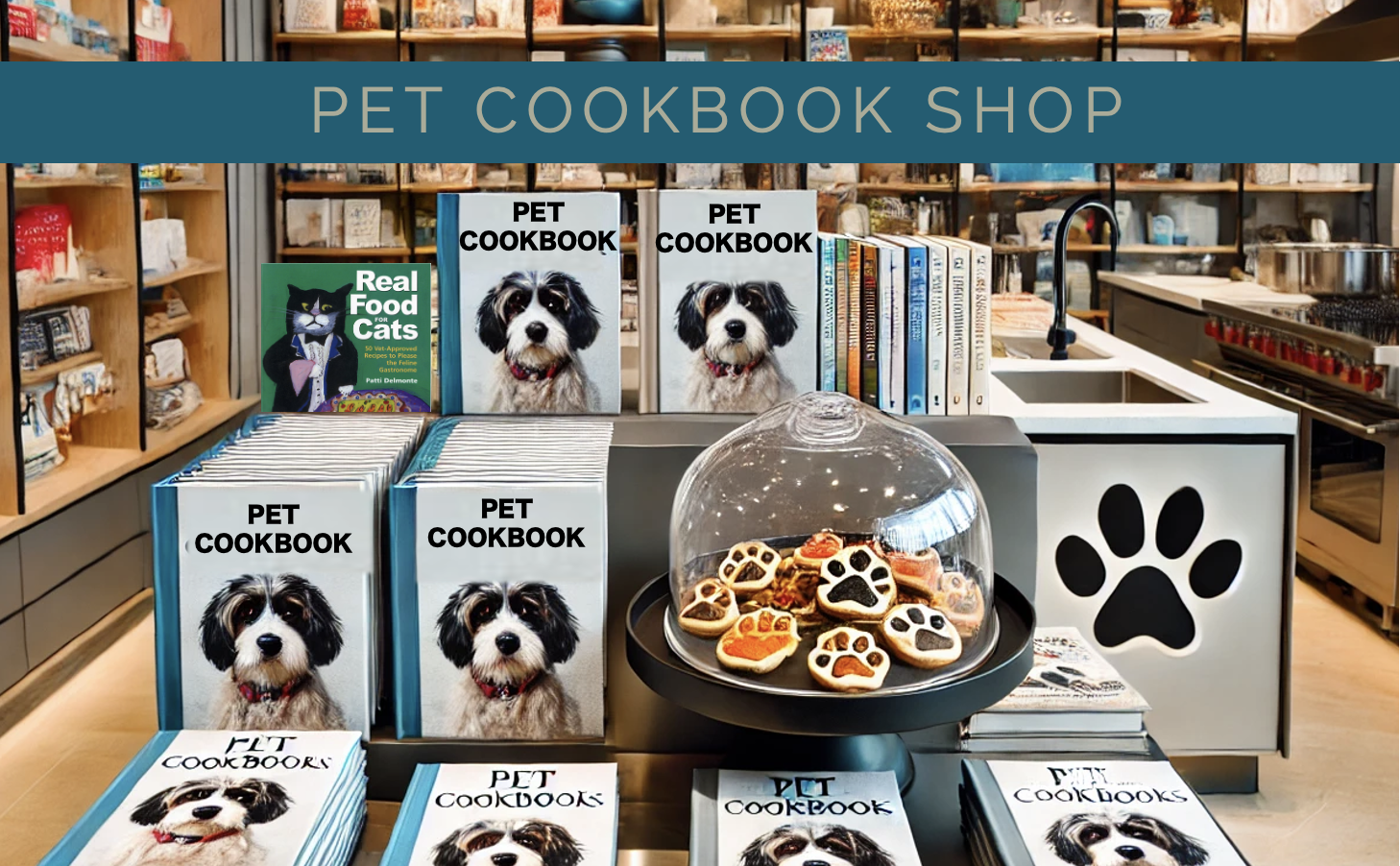
Some Of Our Favorite Pet Cookbooks
Example Recipe Ratio for Dogs (adjust based on vet recommendations):
- 40% Protein (chicken, beef, turkey, fish, eggs)
- 50% Vegetables & Carbs (sweet potatoes, carrots, brown rice, oats)
- 10% Healthy Fats & Extras (fish oil, flaxseed, bone broth)
Step 2 : GO SHOPPING
If your goal is to save money on pet food, it begins with smart shopping and strategic bulk buying. Consider sourcing fresh ingredients from warehouse clubs, local butchers, local grocers, and farmers’ markets to get high-quality food at lower prices while stocking up on budget-friendly essentials. Buying in bulk saves costs and reduces packaging. Before making your purchases verify that each item is pet-safe and pet-friendly. A great example would be to choose a no sugar added peanut butter that is designated pet safe. Visit our Pet Pantry Shop to browse a curated collection of pet-safe ingredients for homemade pet food. Choose food toppers to add flavor and encourage pets to eat healthier.
- Make your final grocery list.
- Keep track of date purchased and any expiration date to make sure you are able to use products in a timely basis.
- Store pet ingredients together and store in airtight containers to maintain quality.
- Designate an area in the refrigerator to store ingredients and final pet food storage to maintain quality.
OR EXPLORE THESE ONLINE SHOPS FOR PET FOOD INGREDIENTS:
Step 3 : PET FOOD PREP
Gather the cooking gear you have and add the items needed to make the job easier. Here are some of our favorite food prep gadgets to make the process of pet food prep. Just as you prep food for people, follow what is comfortable to you, but keep in mind the amounts are much larger, making it a great family project or prep one day and cook the next. Prep all foods before you begin cooking, this will help the process go quicker. I like to use a waste bowl that I can add to the compost, remember no meat or fat in the compost. Place each prepped ingredient in its own bowl if your recipe calls for a number of items, you can even prep the day before and store until you are ready to cook. Here are ssome of our favorite gadgets for meal prep.
- Choose dish washer safe food prep equipment that is easy to wash and sterilize.
- Find a food scale that allows you to weigh ingredients and make it easier to portion each meal.
- Label ingredients and prepared food.
- Chop, measure and prepare all items before you begin cooking for the most seamless experience.
Step 4 : COOK IN BATCHES
Cooking homemade pet food requires care and attention to ensure it’s safe, nutritious, and easy to prepare. Here are some helpful tips to make the process smoother and more efficient:
- Use a heavy-bottom pan to prevent burning and ensure even cooking.
- Cook in batches to maintain consistent cooking times and make meal prep more efficient.
- Drain excess grease after cooking meats to remove unhealthy fats.
- Trim excess fat before cooking to keep meals lean and digestible.
- Follow recipes carefully to ensure a balanced and safe meal for your pet.
- Allow food to cool completely before portioning to prevent moisture buildup in storage.
Choose a heavy bottom pot that is non-stick allowing you to cool low-fat meals without sticking. Use a pot with a strainer when cooking meat with grease to allow grease and liquid to drain.
Step 5: PORTION AND STORE
Choose storage containers that hold just the right amount for a single meal or a full day’s worth of food to make serving easy. Opt for reusable, dishwasher-safe containers to ensure thorough cleaning between uses. Label and date each container to track freshness and use food within safe timeframes. If you have multiple pets, use different containers for each pet to ensure they get the correct ingredients, and consider color-coded lids to quickly distinguish between meals. For accurate portions, use a kitchen scale or an electric measuring cup when prepping.
How Long to Store Homemade Pet Food:
- Raw pet food: Refrigerate for up to 3 days or freeze for up to 6 months.
- Cooked pet food: Refrigerate for up to 5 days or freeze for up to 3 months.
To defrost frozen pet food, transfer it to the refrigerator the night before serving. If your pet prefers warm meals, gently heat it in the microwave or on the stove, making sure it’s not too hot before serving. Freezing homemade pet food is the best way to extend freshness while maintaining nutrients. If you plan to store food regularly, consider investing in a small, dedicated freezer for pet meals. Rotate older food to the front or top so it gets used first.
For space-saving storage, a food sealing system can help remove air, prevent freezer burn, and keep pet meals fresh longer. Using washable, reusable containers and labeling each with the date and recipe makes meal prep organized and hassle-free.
Have a backup plan
Even the best meal prep plans can hit a snag—maybe you forgot to defrost your pet’s food, ran out of fresh ingredients, or need a quick meal while traveling. That’s why having a backup plan is essential for homemade pet food feeders. One great option is Bark Bowls™ travel-ready dog food bowls, which offer a convenient, pre-portioned meal without the need for extra prep. Whether you’re on the go, facing an emergency, or simply having a busy day, keeping ready-to-serve pet food on hand ensures your furry friend never misses a meal. Stock up on a few shelf-stable or frozen emergency meals so you’re always prepared—because even pet chefs deserve a break!

Bark Bowls™ is a pet food company is leading the way in to go food for pets. They offer travel-ready meals for dogs, designed to cater to the needs of active pet parents. Made in the USA, each meal includes high-quality kibble paired with a premium wet topper. Their unique packaging is fully compostable bowls and made from renewable materials, making them both convenient and eco-friendly. This design eliminates the need for carrying extra bowls and simplifies cleanup during adventures. These single serve Bark Bowls provides a variety of flavors, such as chicken pot pie dinner, turkey fare dinner, and home style beef dinner, ensuring that dogs enjoy nutritious and delicious meals on the go.
We hope you are inspired to embark on making homemade pet food for dogs and cats. Cooking for pets and people is a fun and rewarding experience, especially when you have the right steps and products to make it easy. Enjoy the process of finding the recipes you pet enjoys the most. Try different recipes, experiment with fresh ingredients, and add try herbs and spices that are known for improving pet’s health.
There is no doubt that this is a big project, so you might want to consider getting the whole family involved in the process. The kids can help add, mix, portion, and even name the meals. What a great way to help everyone get more comfortable in the kitchen. You might even host a pet food tasting, to learn your pet’s favorite food. You might want to host a pet food tasting and find the winners.
How to Find Out Which Homemade Food Your Pet Likes Best
Making homemade pet food is exciting, but how do you know which recipes your pet enjoys the most? Here are some fun and practical ways to test their favorites:
- Taste Test Small Portions – Introduce new recipes in small amounts alongside their regular food to see what they gravitate toward.
- The Two-Bowl Test – Place two different meals side by side and see which one your pet finishes first.
- Monitor Excitement Levels – Watch their reaction when you prepare or serve certain meals—do they eagerly wait, wag their tail, or sniff and walk away?
- Track Meal Completion – Keep an eye on whether they lick the bowl clean or leave leftovers behind.
- Try Different Textures – Some pets prefer chunky food, while others like pureed or finely chopped meals. Experiment with textures to see what they enjoy.
- Rotate Proteins and Ingredients – Introduce a variety of proteins like chicken, beef, fish, or turkey, along with different vegetables and grains, to see what they prefer.
- Use a Rating System – Keep a simple journal or checklist to track which meals they eat enthusiastically and which ones they’re not as interested in.
- Check Digestion and Energy Levels – A meal they love should also sit well with their stomach. If they seem sluggish, have an upset stomach, or show signs of discomfort, they may not tolerate certain ingredients.
- Involve Treats as a Taste Test – Use homemade food as a treat to see if they show extra excitement when given a bite outside of mealtime.
- Be Patient and Keep It Fun – Pets, like people, may take time to adjust to new flavors. Stay flexible, and don’t be discouraged if it takes a few tries to find their favorites.
Testing different meals can be a fun activity, and once you discover your pet’s favorites, you’ll have a go-to list of meals they’ll love every time! You might also want to do the math to see if you’re saving money, and if you are, start a More Toys for the Pet jar to treat your furry friend later.
To be clear, there is no prepared pet food shaming going on here! For some families with pets who have allergies ther is no option, for picky pets homemade food might be the answer, and for pet families it might be a great learning experiment. It is important to remember that there are plenty of great pet food brands and food options for dogs and cats. We hope you give homemade pet food a change and hope you simply enjoy the process and love the idea of pets eating fresh, homemade meals when possible. No pressure, no food shaming—just a fun way to bring a little creativity into the kitchen while making something special for the pets we love!
CHOOSE WHERE YOU WANT TO GO NEXT!
OR GET TO KNOW US BETTER

















